
One of the world’s leading publishers of printed classical and educational music.

Oxford Book of Organ Music by Women Composers
- Text
- Perusal
- Organ
- Flute
- Oxford
- Reed
- Flutes
- Principals
- Cresc
- Composer
- Copyright
- Composers
- Www.oup.com
INTRODUCTION This book
INTRODUCTION This book is a tribute to the thousands of women across six centuries who have overcome social pressures, limited educational opportunities, exclusion from professional societies, prejudice, and discouragement, as well as childbirth and domestic pressures, to compose music. Research for this anthology was complicated by three factors. First was the location of suitable scores. Countless women composers went unpublished; some published under pseudonyms or their husbands’ names; some composers used only their initials, masking their female status; and some published under both their maiden and married names. The failure to preserve and archive women’s music has further limited the amount available to us today. Secondly, the organ has almost always been viewed as a ‘male’ instrument. While it was considered acceptable for women to sing and to play the piano, harpsichord, guitar, or harp, other instruments were generally considered indecent for women to play, as they displayed women’s bodies inappropriately. Although a few women had been employed as church organists since the early eighteenth century, largely because they cost less than men to employ, by the nineteenth century society feared the injury that organ playing might cause to women’s health or reproductive organs. In 1893 the Girl’s Own Paper declared that ‘organ-playing is not considered advisable for women. Strong, unmarried, middle-aged women may play the foot-keys without suffering from the unsuitable strain on the back and loins, but it is a risk if the instrument be a large one.’ Thirdly, women who composed for the organ frequently restricted themselves to writing gentle, nurturing music to meet society’s expectations, which limited the variety of styles available. All these factors combined to challenge our attempt to provide an anthology of women’s music for organ that represents a range of periods and styles. We have therefore decided to add a few organ transcriptions to bulk out the core of pieces originally conceived for the organ, and it has been striking how many pieces written for other media have benefited from translation to the organ. Over the last fifty years, thanks to a movement to increase diversity in the arts, the repertoire in concert programmes, examination syllabuses, and publishers’ lists has become more wide-ranging than ever before, so women composers have access to more opportunities. Nonetheless there is still a long way to go, and we hope that inclusion will grow to the point where ‘woman composer’ is no longer a useful label, and where all good composers, whatever their gender or race, are assessed, published, performed, and promoted equally. We hope that every player, whatever their level of experience and ability, will find music to delight them, and for this reason we have indicated for each piece an approximate grade standard, matched to the syllabus levels of the Associated Board of the Royal Schools of Music. for online perusal only Editorial practice This is a book for performers, so our editing has always been in the interests of improving clarity, consistency, and access. Editorial amendments of works by living composers were made in consultation with the composers themselves; for the remaining pieces we have consulted original sources and aimed to respect the composers’ wishes. Most of the pieces in this book are original organ music. For these pieces we provide the composers’ own registrations when available, clarifying or completing these where necessary; if the composer left no registration, we suggest simple schemes. The older organ pieces in this category also needed light editing, such as additional performance directions to explain or make consistent the composers’ intentions, and correction of obvious misprints. The remaining pieces were originally intended for piano or other instruments; our arrangement of this music includes distributing the notes over three staves, adding manual changes, and providing registrations. Throughout the book we express our commitment to ease of learning by distributing the pitches practically between the hands and adding performance guidance in the commentary. Acknowledgements We are indebted to the team of researchers at the Society of Women Organists, led by Helene Albrecht and Alana Brook, who compiled the Directory of Women Composers available at www.societyofwomenorganists.co.uk. The British Library has provided invaluable help, and we are of course very grateful to the team at Oxford University Press, who commissioned the book and edited it with detailed care. We thank everyone committed to the promotion of women composers, whose ongoing work and provision of scores have helped to make this book possible. Most of all, we thank all the women who, despite the many challenges they have faced over the centuries, persevered in their composing. ANNE MARSDEN THOMAS AND GHISLAINE REECE-TRAPP September 2023
for online perusal only
- Page 1 and 2: The Oxford Book of Organ Music by W
- Page 3 and 4: Great Clarendon Street, Oxford OX2
- Page 5: CONTENTS IN GRADED ORDER Composer T
- Page 9 and 10: 8 13 n ˙˙ ˙ ‰ œ œ œ n ˙
- Page 11 and 12: 10 Perpetuum Mobile KRISTINA ARAKEL
- Page 13 and 14: 12 39 & { 2 4 (Gt.) più f . . . .
- Page 15 and 16: 14 Prelude on an Old Folk Tune Sw.:
- Page 17 and 18: 16 { { & bb b b b b œ œ œ œ b˙
- Page 19 and 20: 18 Pastorale sur un vieil air vend
- Page 21 and 22: 20 35 & bb œœ œ œ { œ œ œ ?
- Page 23 and 24: 22 68 & bb { œ ? b b œ œ œ œ
- Page 25 and 26: 24 16 & # . { 21 & # # { 27 ? { C &
- Page 27 and 28: 26 Slower 69 - Sw. to Gt. ˙œ œ C
- Page 29 and 30: 28 128 & b { & b ? b 135 & b { & b
- Page 31 and 32: 30 177 Fast 6 8 6 8 6 8 > œ œ j
- Page 33 and 34: 32 16 & # # # # { 21 & # # # > # #
- Page 35 and 36: 34 Andante grazioso Sw.: Principal
- Page 37 and 38: 36 { 33 & bb close box + Sw. Fl. 4'
- Page 39 and 40: 38 24 & # { ? ˙œ œ œ œ œ œ
- Page 41 and 42: 40 Sw.: Flutes 8', 2' Gt.: Flutes 8
- Page 43 and 44: 42 23 nw w œ # œ ˙˙ œ ˙ œ œ
- Page 45 and 46: 44 Sw.: Principals 8', 4', Flute 8'
- Page 47 and 48: 46 48 & # # # # { ? # # # Ó Ó nœ
- Page 49 and 50: 48 99 & # # # { ? # # # ˙œ œ œ
- Page 51 and 52: 50 19 & bb b b œ. œ œ nœ# œ
- Page 53 and 54: 52 60 & bb b b . { nœ œ # œ œ
- Page 55 and 56: 54 - Gt. Prin. 4' & bb b b œ nœ #
- Page 57 and 58:
56 { 151 & bb b b œ > ? b b b b œ
- Page 59 and 60:
58 20 & bb b b { ? b b b b œ œ Ó
- Page 61 and 62:
60 Sw.: Full to Mixtures, box open
- Page 63 and 64:
62 30 ‰ n # œ & bb { cresc. poco
- Page 65 and 66:
64 Sw.: Flute 8', Strings 8', box o
- Page 67 and 68:
66 { 32 & # # # & # # # Gt. œ œœ
- Page 69 and 70:
68 66 & { Sw. + Prin. 2' # œ œ œ
- Page 71 and 72:
70 97 & # # # { & # # # œ œ œ œ
- Page 73 and 74:
72 { { { { 21 & # # # # œ˙ œ œ
- Page 75 and 76:
74 62 & # # # # œ ˙ œ œ œ œ
- Page 77 and 78:
76 98 œ œ Œ œ œ œ˙ Œ œ œ
- Page 79 and 80:
78 13 & { ? œ # œ œ œ œ œ œ
- Page 81 and 82:
80 27 & # # { ? # œ œ œ œ œ œ
- Page 83 and 84:
82 Communion Sw.: Flute 8', Strings
- Page 85 and 86:
84 Sw.: Flute 8', Principal 4' Gt.:
- Page 87 and 88:
86 & # #6 { 8 6 8 Spiritoso Gt. Tpt
- Page 89 and 90:
88 Gen. 1 { { Sw.: Full, box open G
- Page 91 and 92:
90 34 . & bb . . . . . . . . { ? b
- Page 93 and 94:
92 75 & # # { ? # ‰ œ œ œ œ
- Page 95 and 96:
94 13 & # { ? œ w # œ œ # œ œ
- Page 97 and 98:
96 Sw.: Flute 8', Strings 8', box c
- Page 99 and 100:
98 & bb b { & bb b { &b b b b { { 4
- Page 101 and 102:
100 Sw.: Principal 8' or 4', Flute
- Page 103 and 104:
102 Sw.: Principals 8', 4' Gt.: Pri
- Page 105 and 106:
104 28 & # œ œ { ? # œ œ # œ
- Page 107 and 108:
106 63 & # { ? # ≈ œ œ# œ ≈#
- Page 109 and 110:
108 Celebration Sw.: Principals 8',
- Page 111 and 112:
110 { œ & . . . . . . . . . œ œ#
- Page 113 and 114:
112 { 3 & . . . > . . > . > > . . .
- Page 115 and 116:
114 101 & { & ? 105 & { & ? œ . .
- Page 117 and 118:
116 Introduction and Fugue ANN MOUN
- Page 119 and 120:
118 16 œ œ œ œ œ œ œ ˙œ œ
- Page 121 and 122:
120 48 & b { œbœ ? b b œ ˙ bœ
- Page 123 and 124:
122 Variation 1 5 & { Più moto h =
- Page 125 and 126:
124 Variation 3 5 & # . { ? # & # .
- Page 127 and 128:
126 Variation 5 & # # # # { Sw. Str
- Page 129 and 130:
128 & # { & # close box { Gt. mf Pr
- Page 131 and 132:
130 46 & # . { ? # b . . . . . bœ
- Page 133 and 134:
132 11 & # # # # { œ œ ˙ œ œ
- Page 135 and 136:
134 19 rit. & # # # { ? # ‰ œ œ
- Page 137 and 138:
136 62 & # # { & # # rit. ˙ ˙ ˙
- Page 139 and 140:
138 Sw.: Flute 8', String 8', box o
- Page 141 and 142:
140 Sonata Seconda I: Flute 8' II:
- Page 143 and 144:
142 (7) & b { œ j œ œ œ œ œ
- Page 145 and 146:
144 I: Principals 8', 4' II: Princi
- Page 147 and 148:
146 Sw.: Principals 8', 4', 2', Flu
- Page 149 and 150:
148 38 & # { nœ œ œnœ œ œ nœ
- Page 151 and 152:
150 77 & bb { 81 Ch. [ mf ] & bb &
- Page 153 and 154:
152 for Kunal Mixolydiance Sw.: Pri
- Page 155 and 156:
154 31 & bb b b b b { ? b b b b b b
- Page 157 and 158:
156 71 & bb b b b b { mf ? b b b b
- Page 159 and 160:
158 Sw.: Principal 8', Flutes 8', 4
- Page 161 and 162:
160 & b # { & b { Gt. &b n n n n #
- Page 163 and 164:
162 51 & b { ? b ˙ œ œ ˙ œ œ
- Page 165 and 166:
164 17 & bb b b Gt. { poco animato
- Page 167 and 168:
166 Bell Toccata Sw.: Principals 8'
- Page 169 and 170:
168 32 & # # # n n n œ n# n œ nœ
- Page 171 and 172:
170 54 & bb b b b { & bb b b b { &b
- Page 173 and 174:
172 4b 8 œ b œ b bœ b œ œ b œ
- Page 175 and 176:
174 Sw.: Principal 8', Flute 8' Gt.
- Page 177 and 178:
176 m œ œ œ œ œ œ œnœ œ
- Page 179 and 180:
178 Moderato Sw.: Principal 8', Flu
- Page 181 and 182:
180 35 & bb b { Sw. œ w œ œ œ
- Page 183 and 184:
182 Intermezzo AMY SUMMERS (b. 1996
- Page 185 and 186:
184 26 & bb b b { ˙ ˙ ‰ œ œ
- Page 187 and 188:
186 > . > > . . # > n# œ # œ # ˙
- Page 189 and 190:
188 34 3 3 œ œ # œ œ œ œ œ
- Page 191 and 192:
190 58 & { 3 4 + Gt. 2' + Sw. Reeds
- Page 193 and 194:
192 Polonaise from 18 Dances in Dif
- Page 195 and 196:
194 Overture to Talestri Sw.: Reed
- Page 197 and 198:
196 29 & # { & # ? # œ J œ œ œ
- Page 199 and 200:
198 61 & # { Œ œ J ‰ œ J ‰
- Page 201 and 202:
200 Sw.: Principal 8', Flute 8', bo
- Page 203 and 204:
202 Andante and Fugue in C minor Sw
- Page 205 and 206:
204 Sw.: Principals 8', 4', Flute 8
- Page 207 and 208:
206 36 & bb b { ? b b b p Sw. ˙ œ
- Page 209 and 210:
208 72 & bb b n œ { œ œ j œ n b
- Page 211 and 212:
210 outset becomes a charming, lilt
- Page 213 and 214:
212 organ playing with Marcel Dupr
- Page 215 and 216:
214 Hermann Zenta. Holmès defied s
- Page 217 and 218:
216 Mrs Philarmonica: Sonata Second
- Page 219 and 220:
218 directly evolved from the first
Inappropriate
Loading...
Mail this publication
Loading...
Embed
Loading...
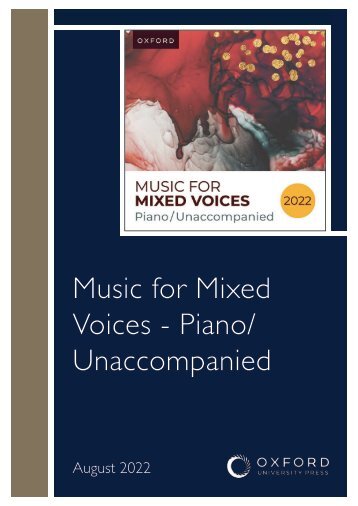
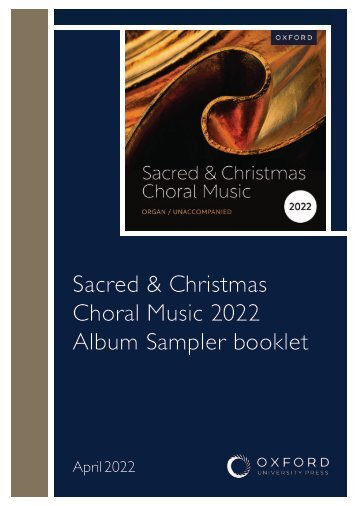

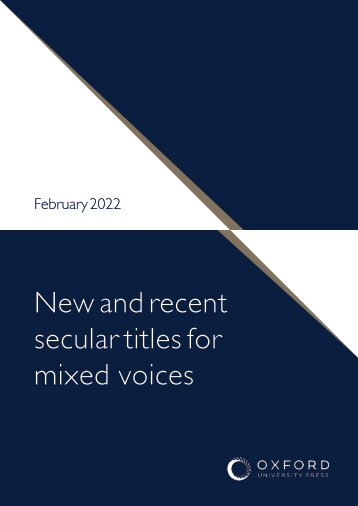
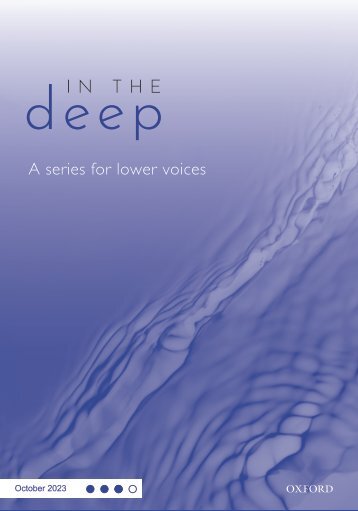
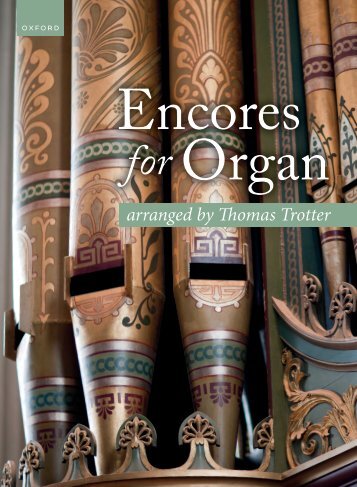
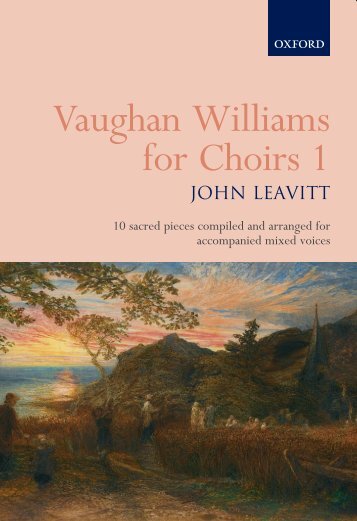

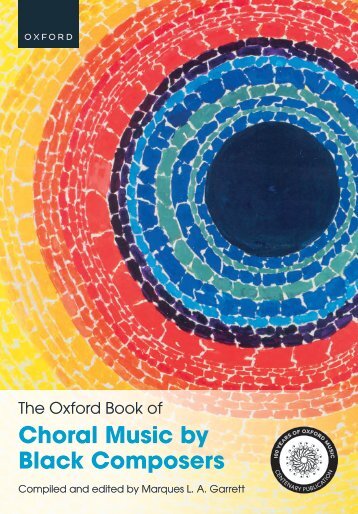
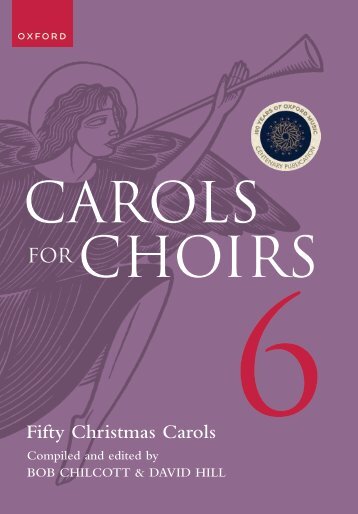
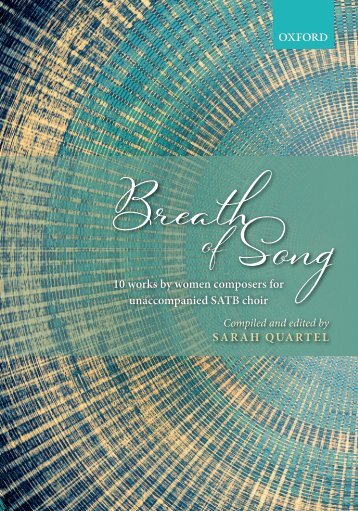
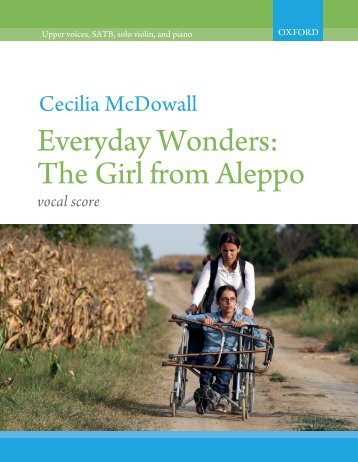
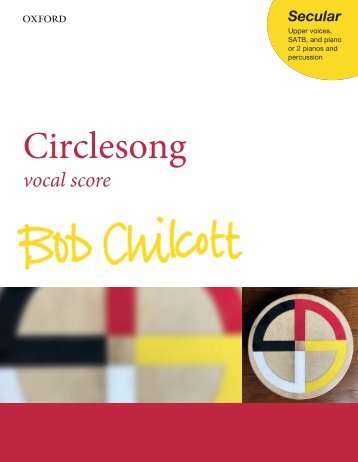
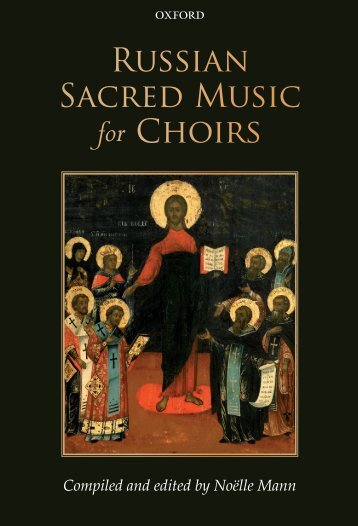

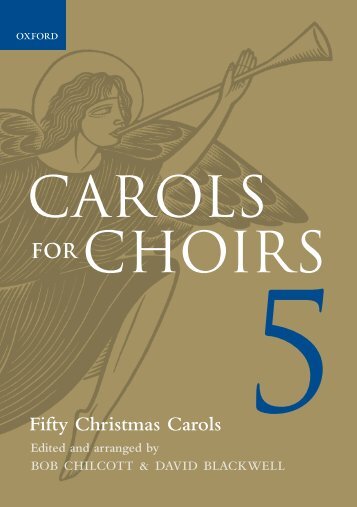

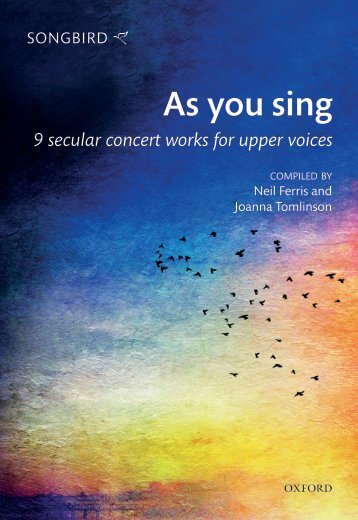
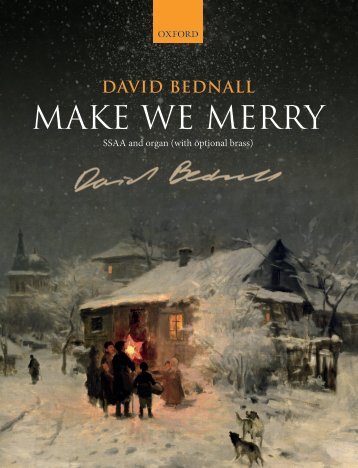
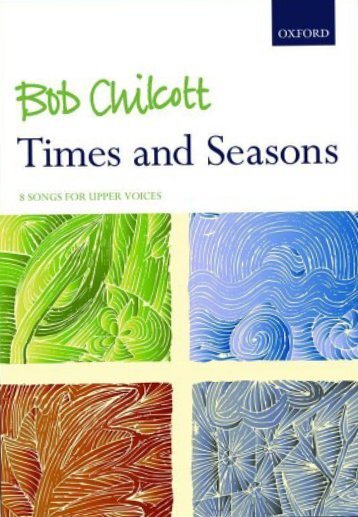


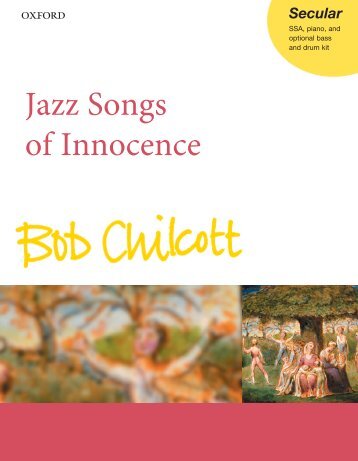
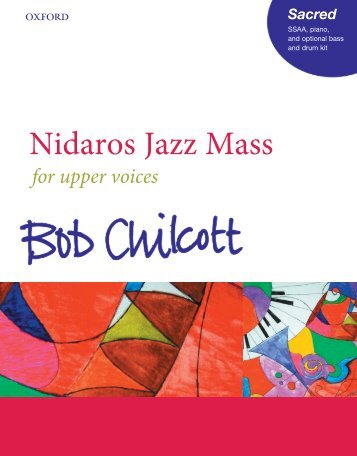
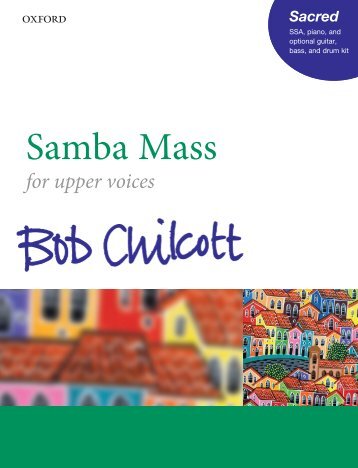


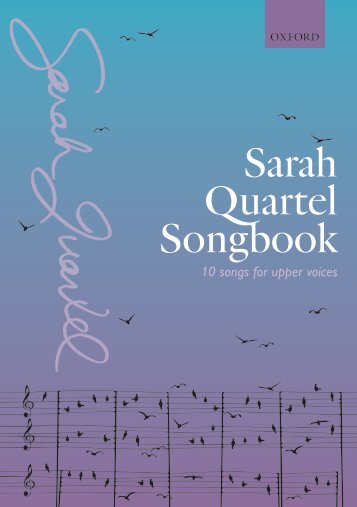
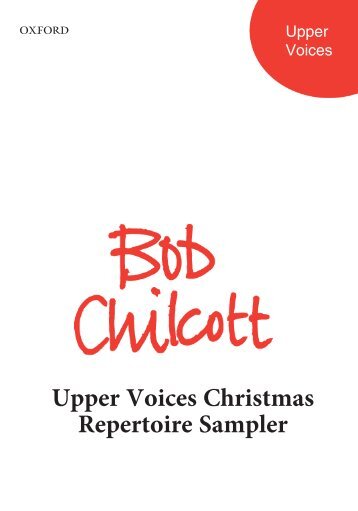

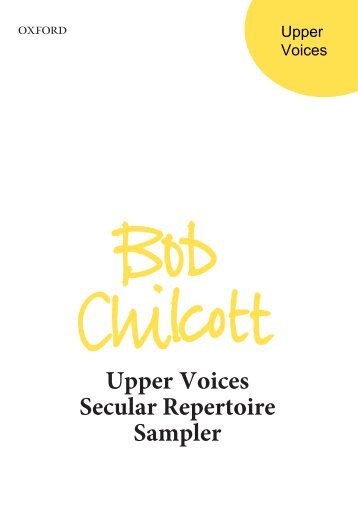

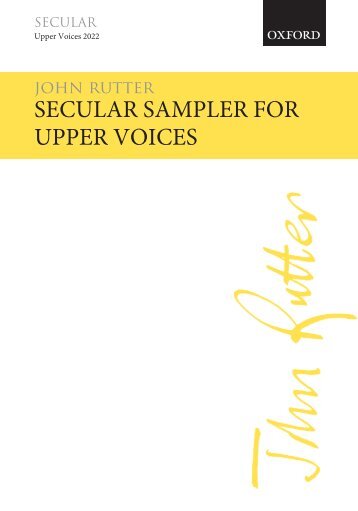
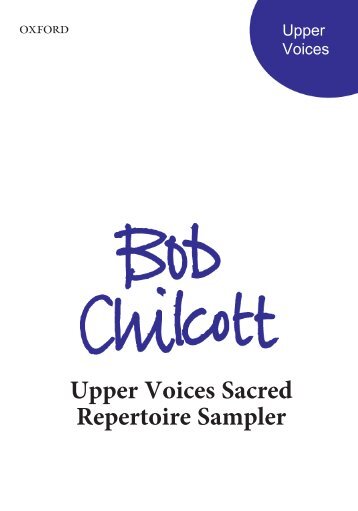


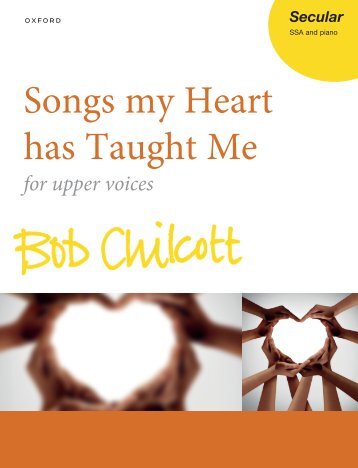
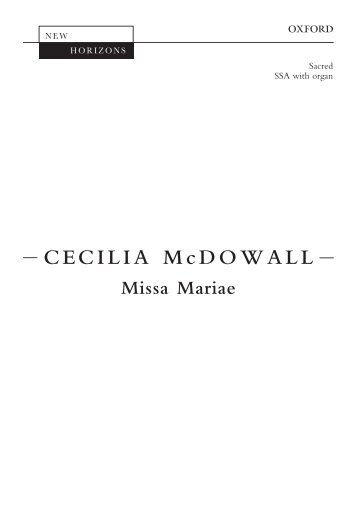
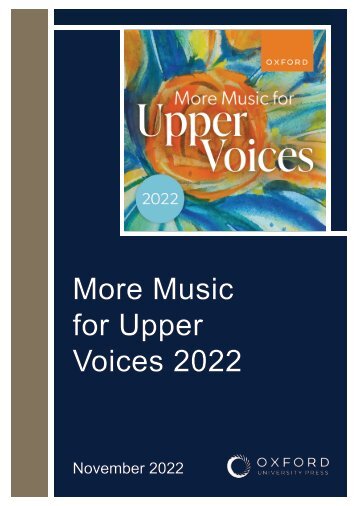
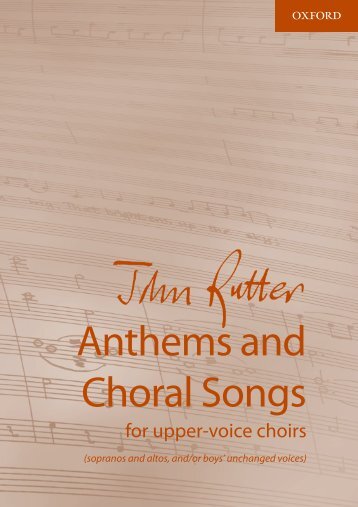

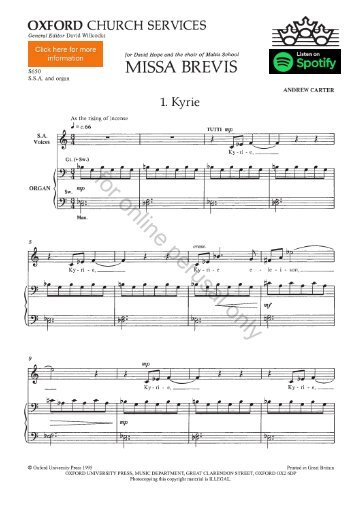
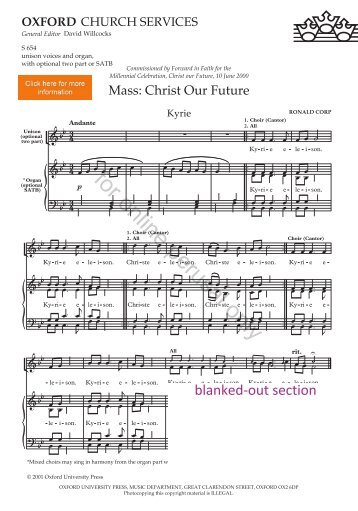
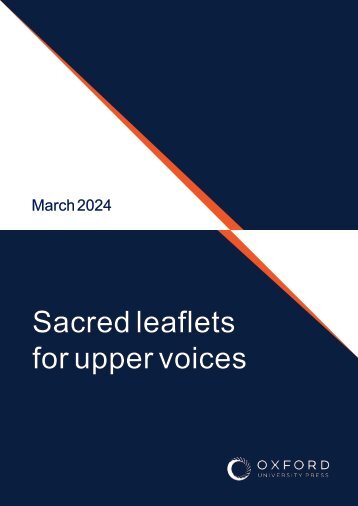

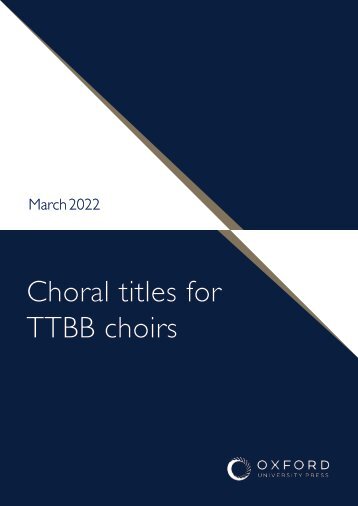
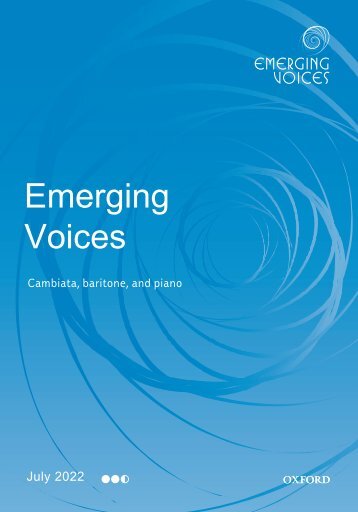
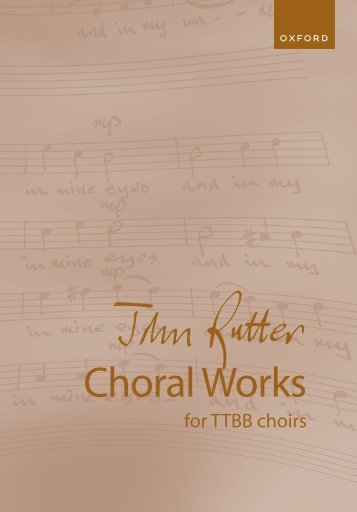
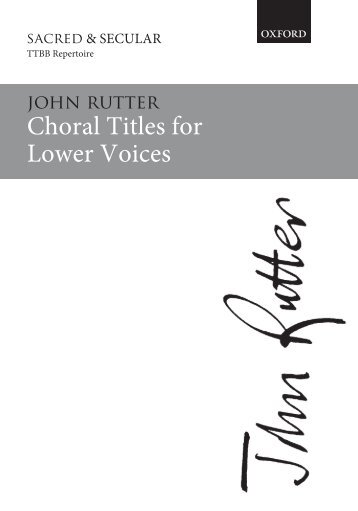
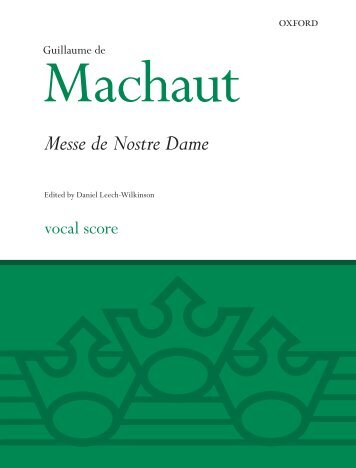
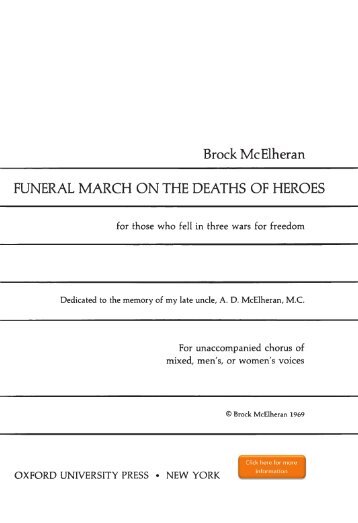

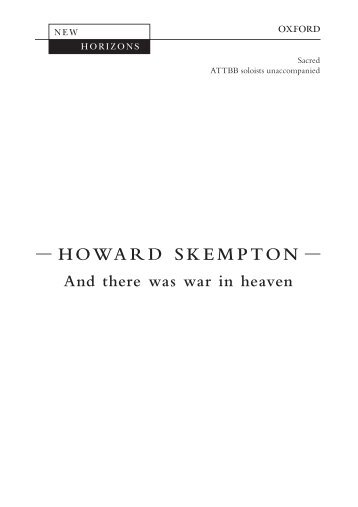
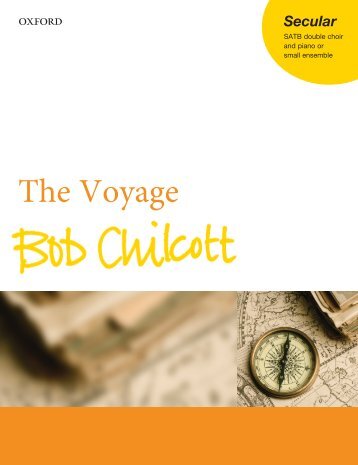
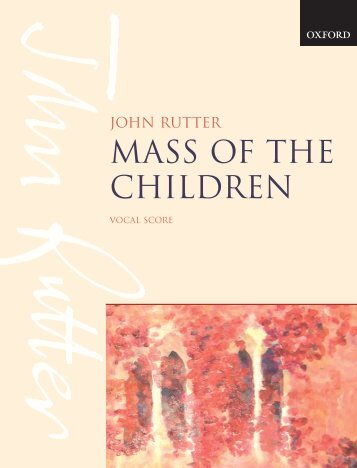
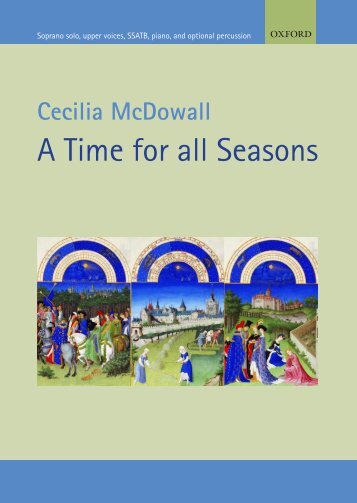
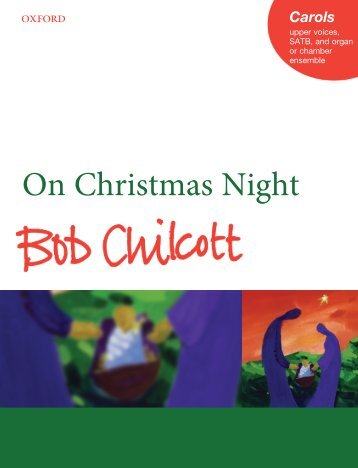
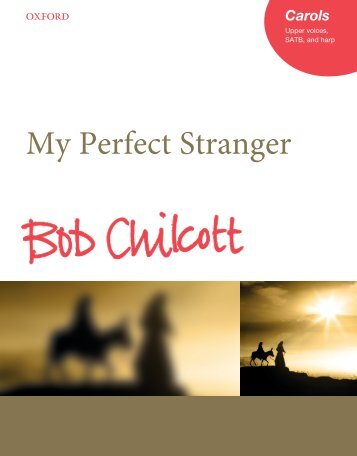
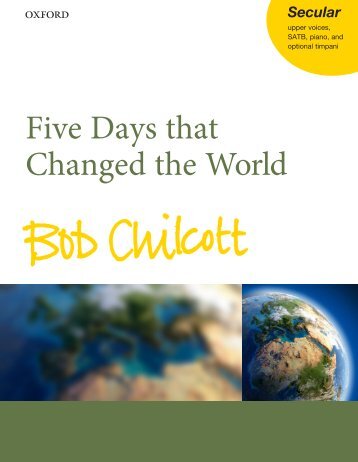
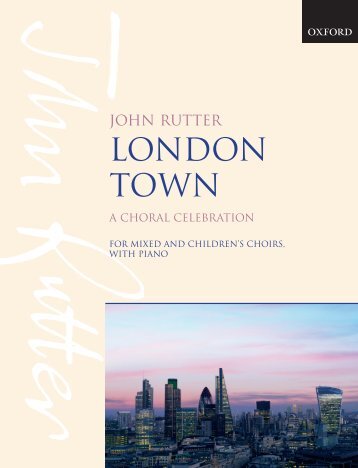

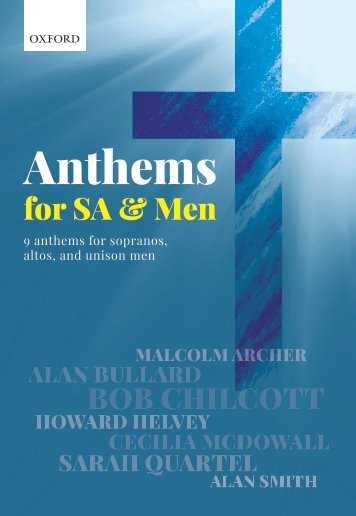
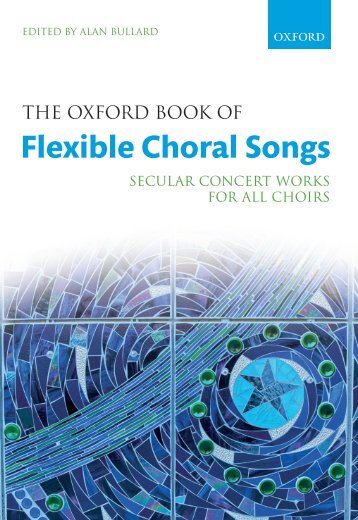
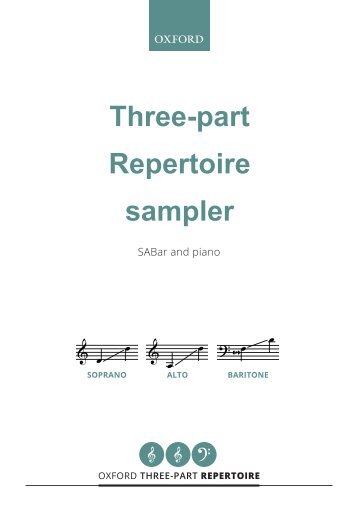

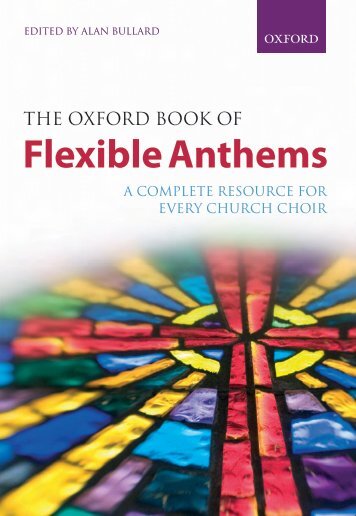

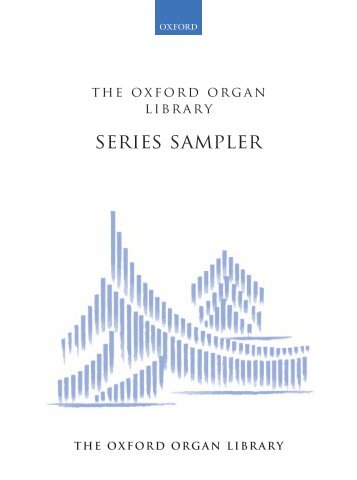
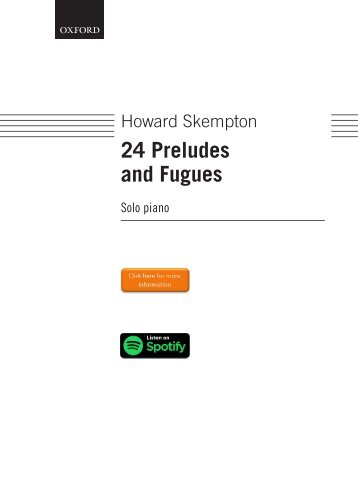
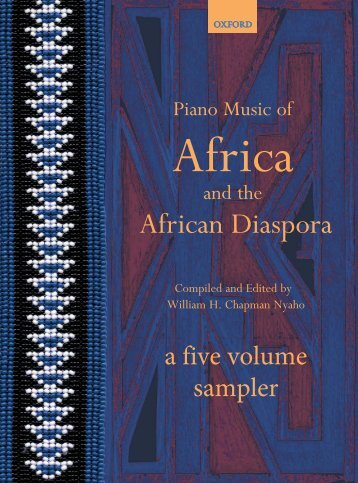
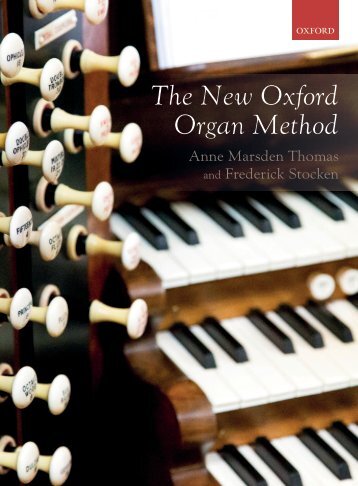


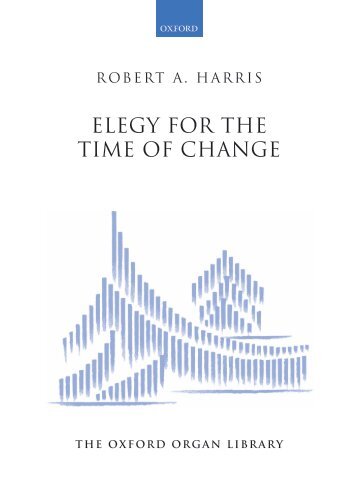


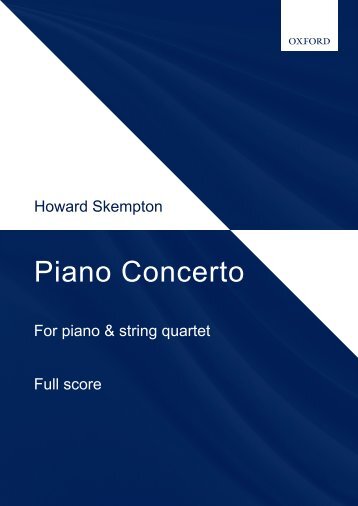
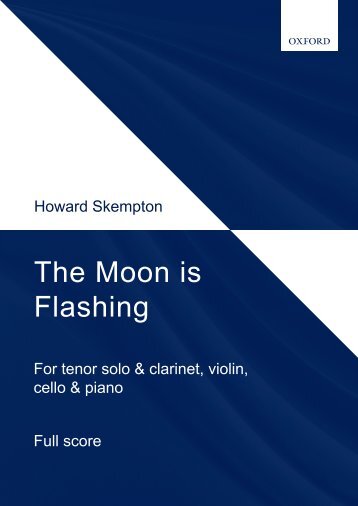
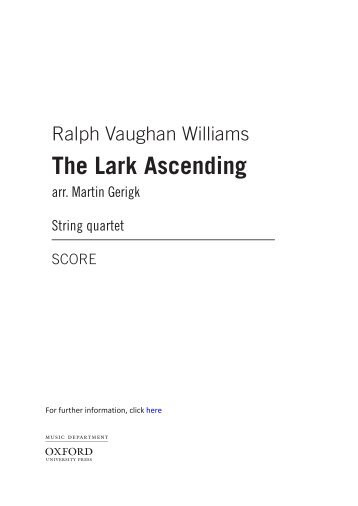
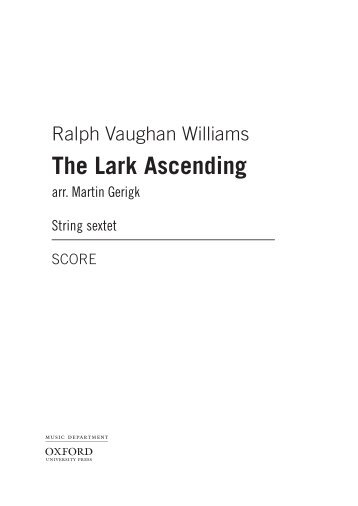
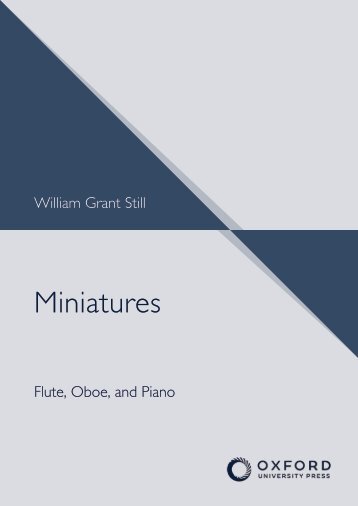
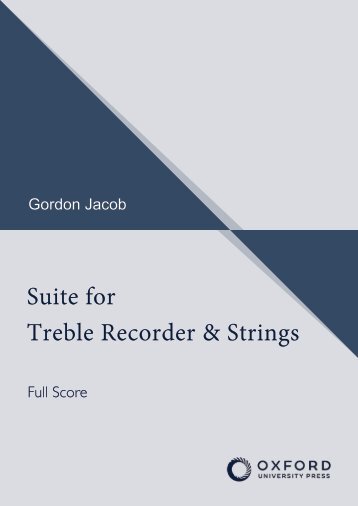
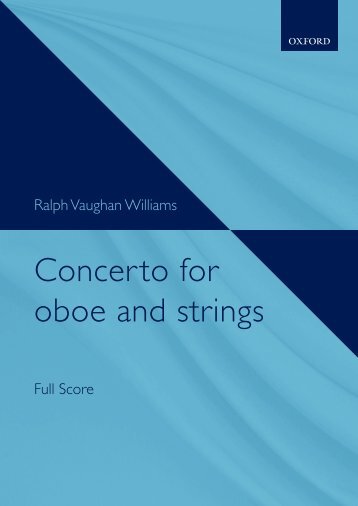
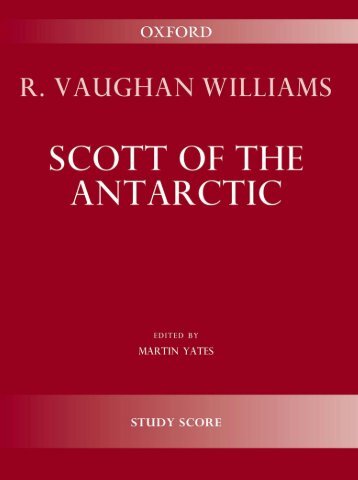
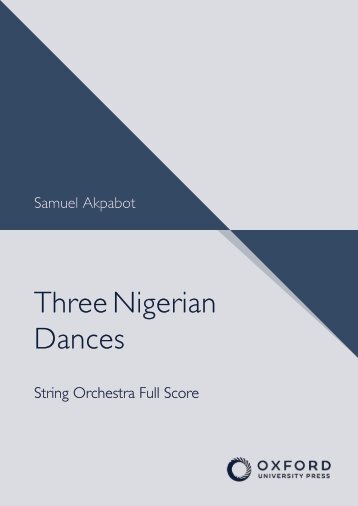


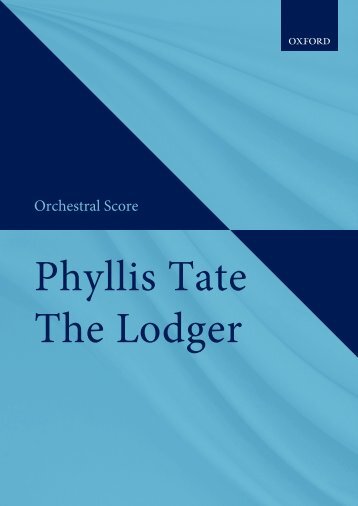

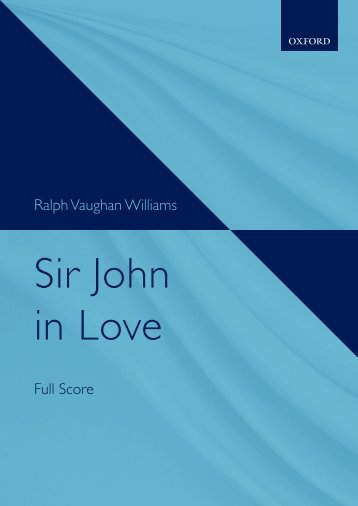


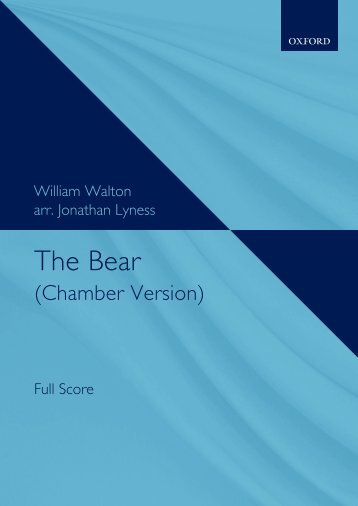

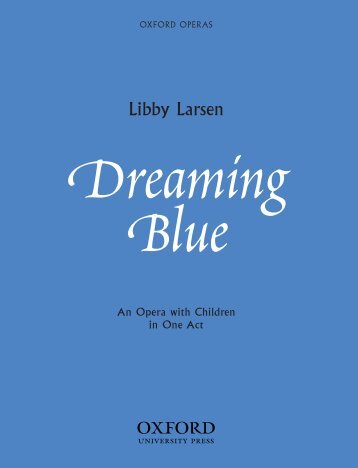
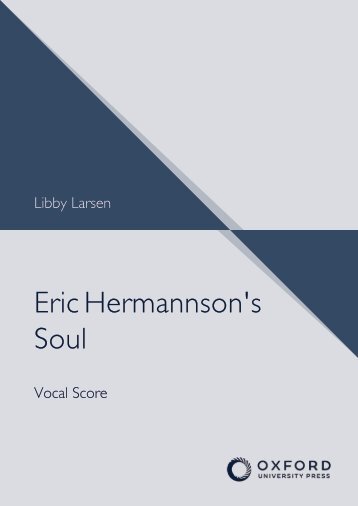
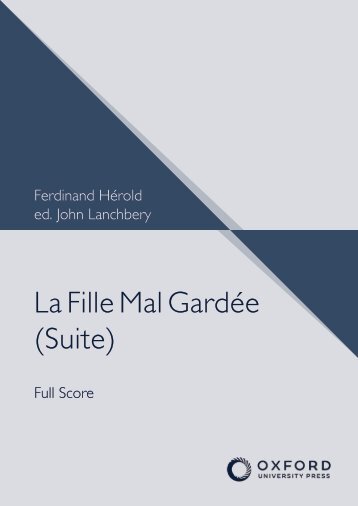
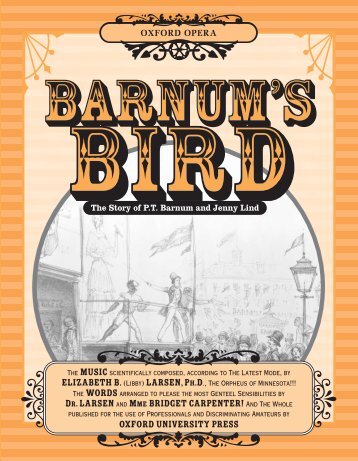




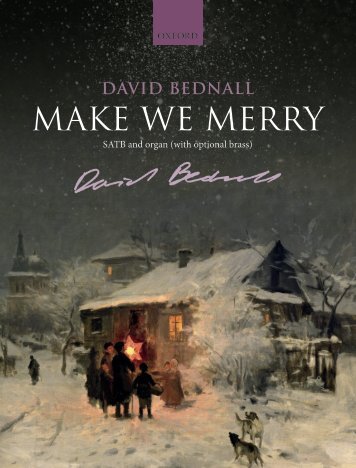

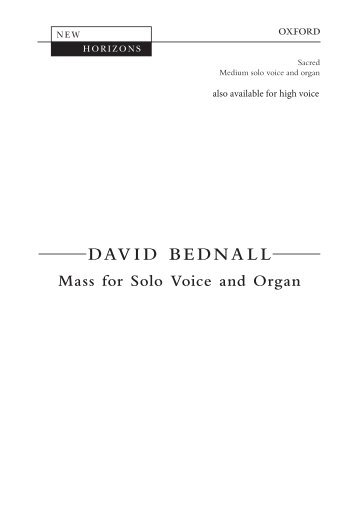
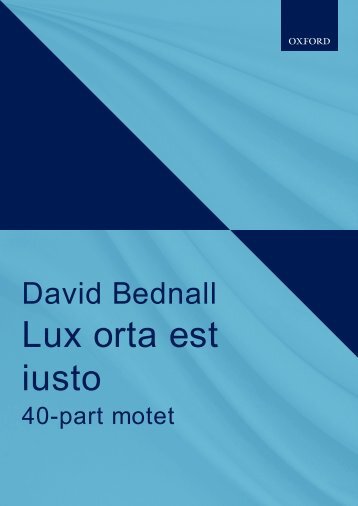


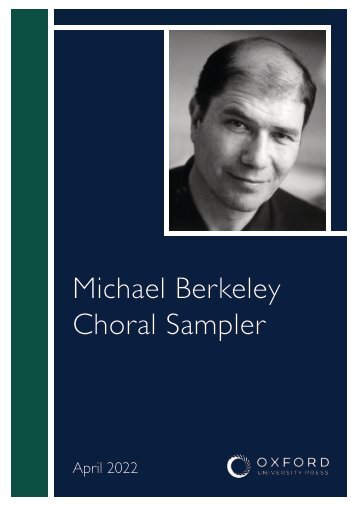
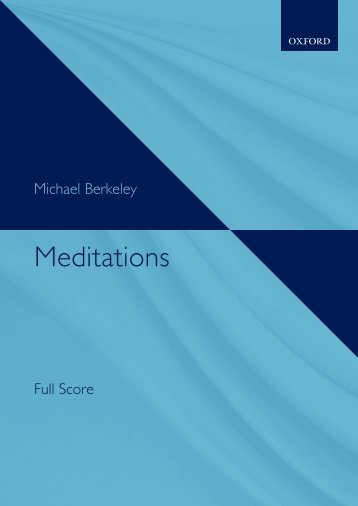
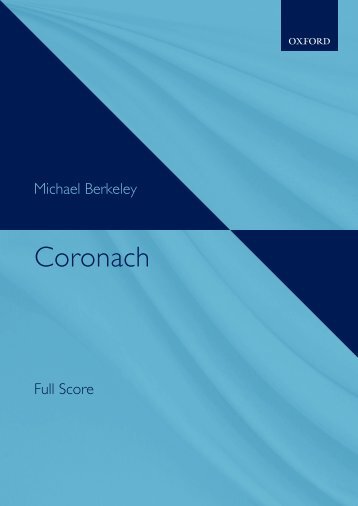
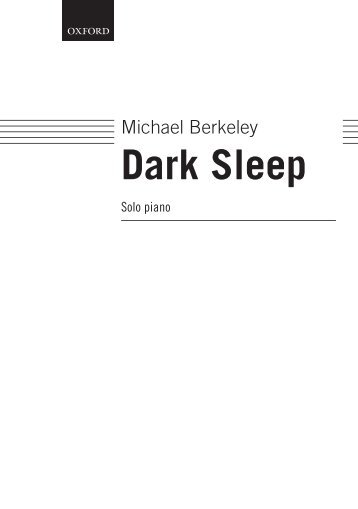

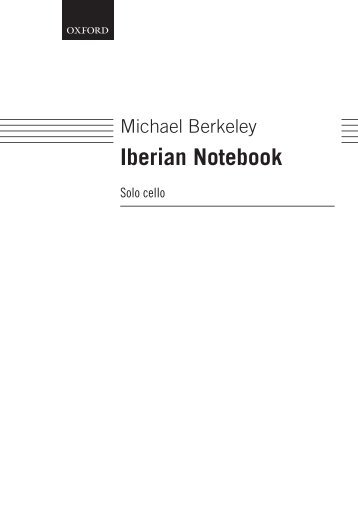


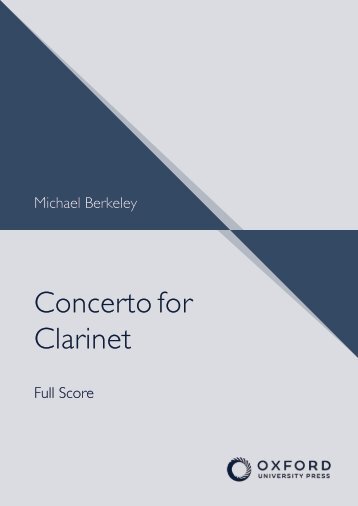

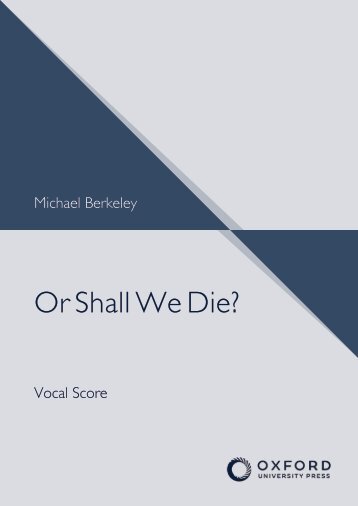

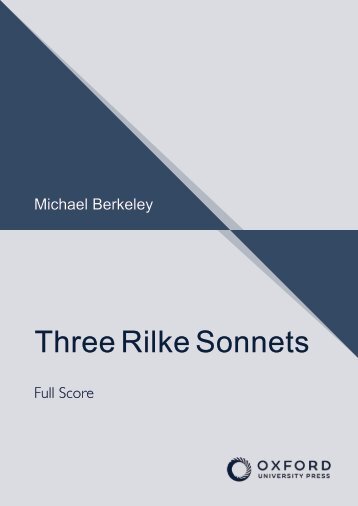
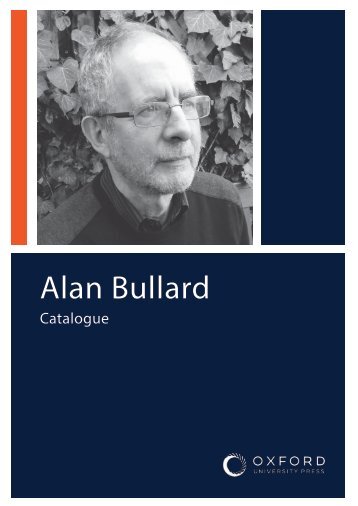
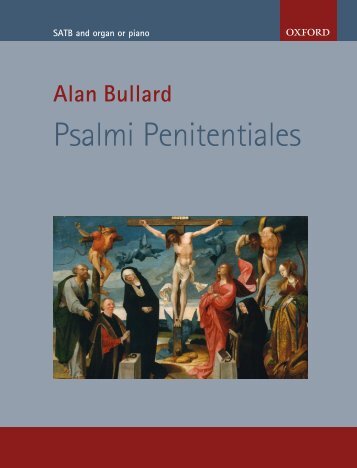
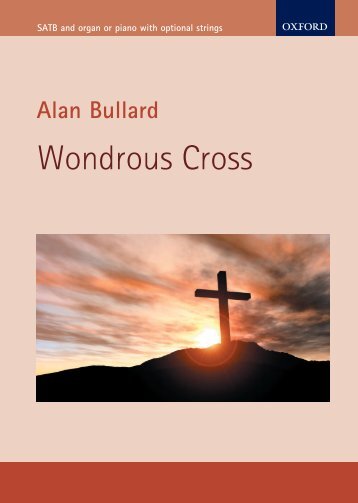
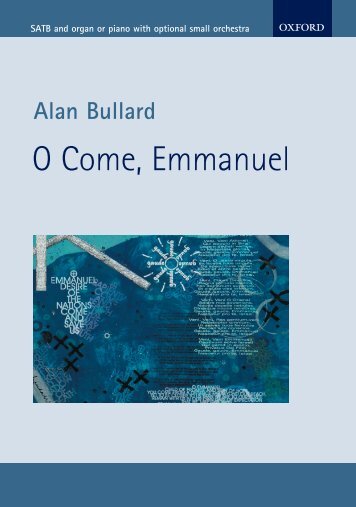
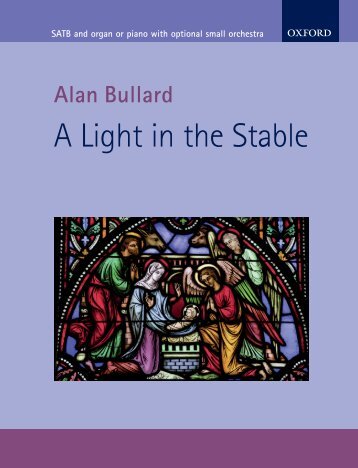
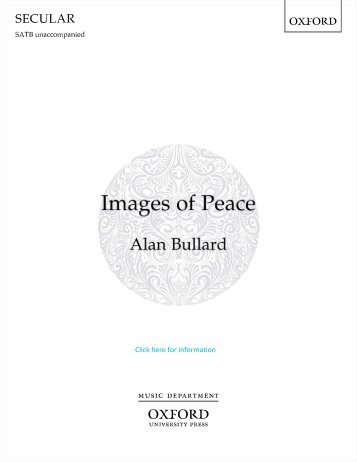


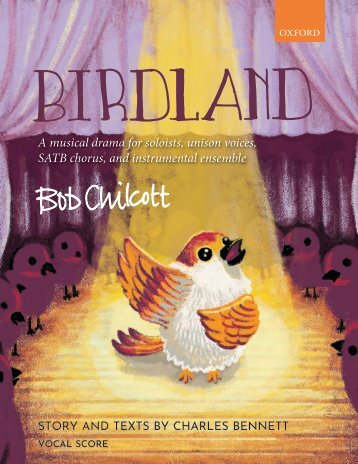

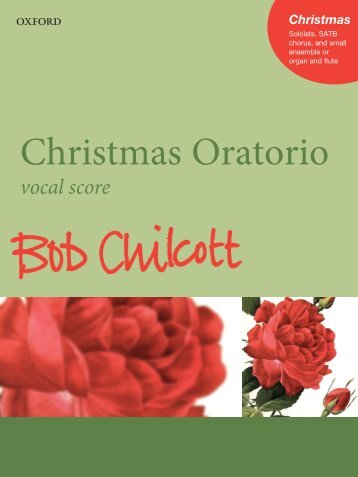

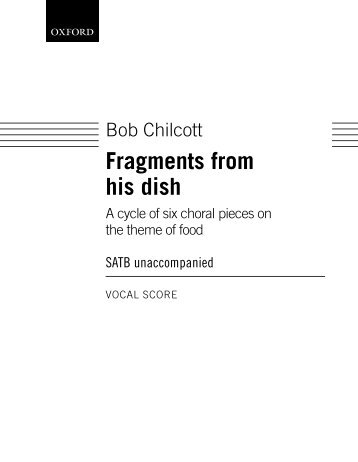

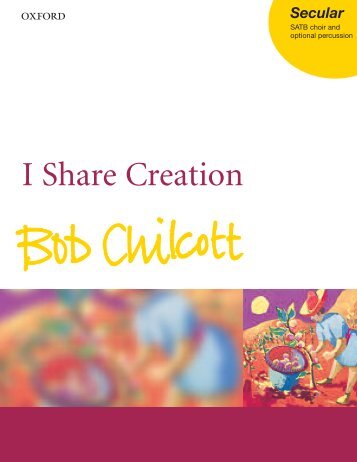

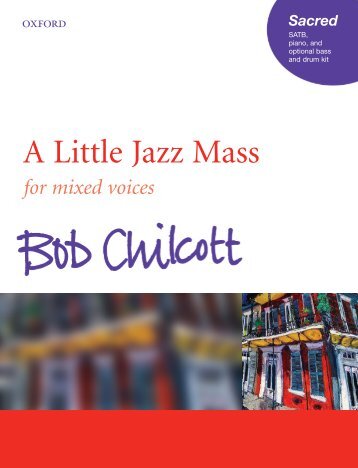
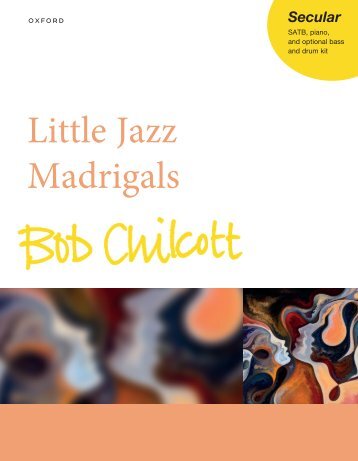
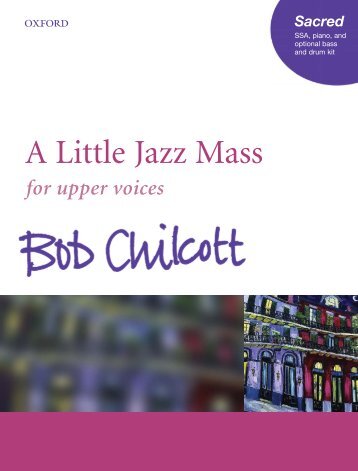
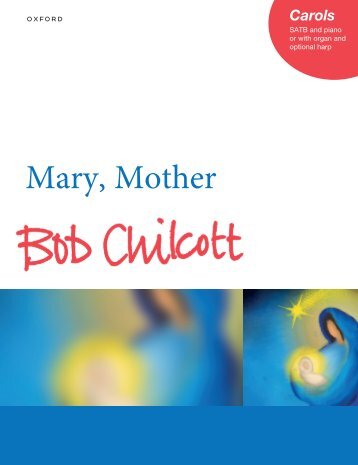
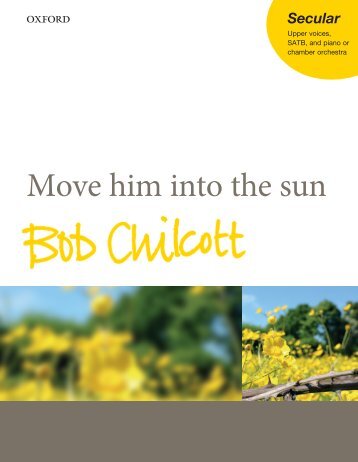
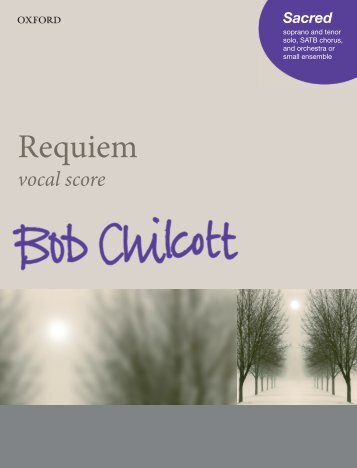
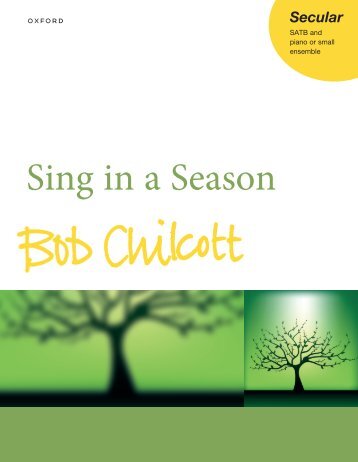





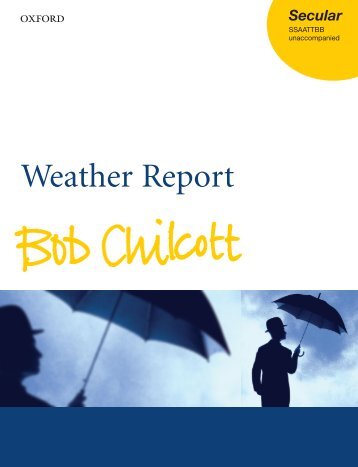

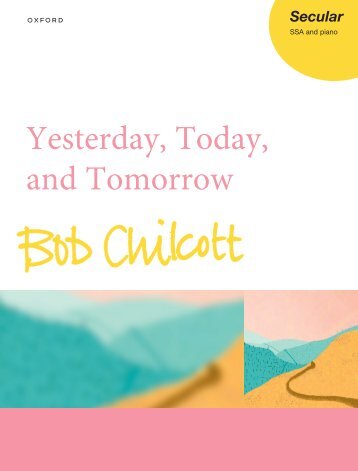
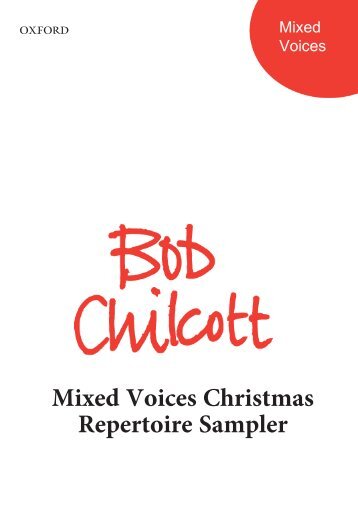
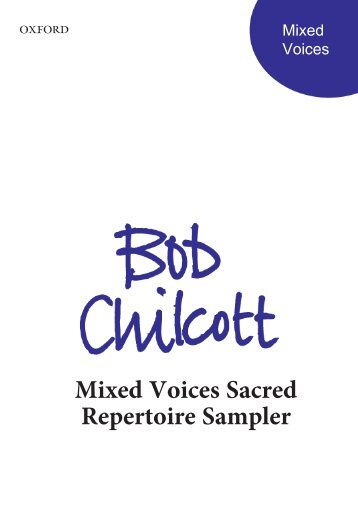
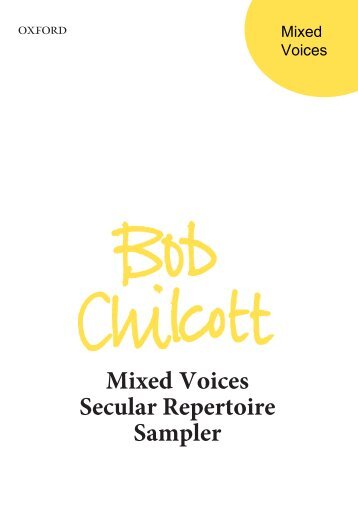

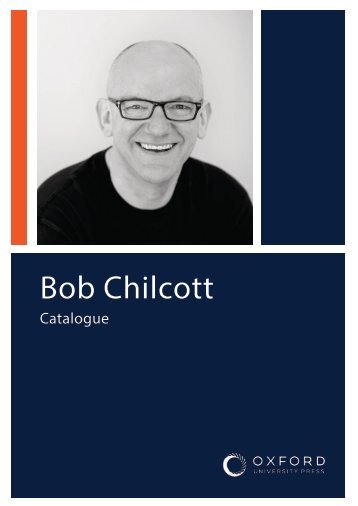
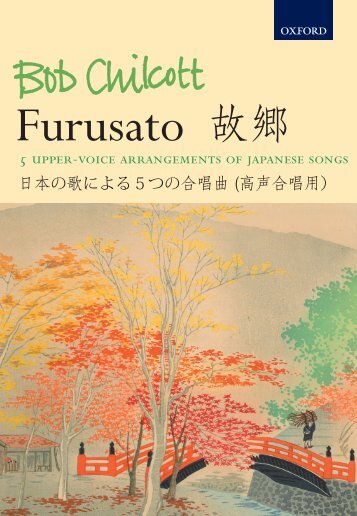

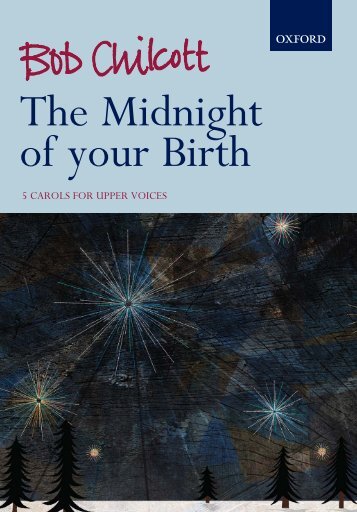

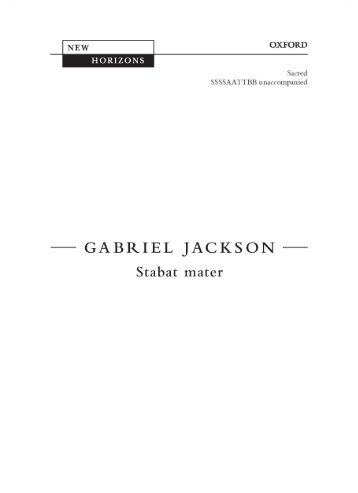
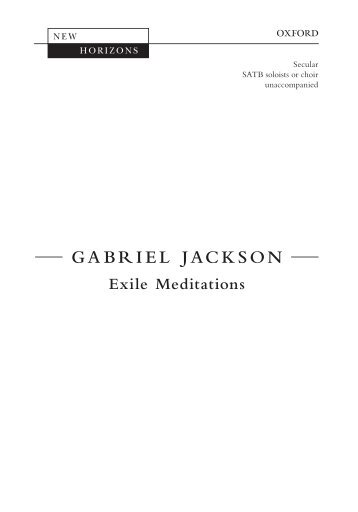
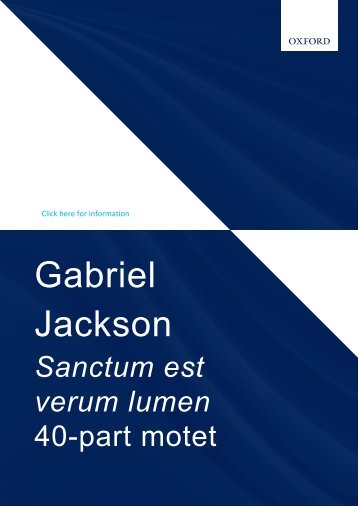
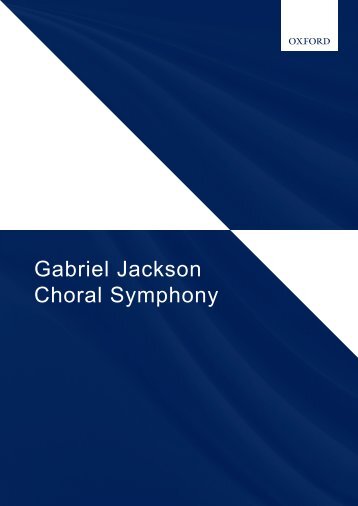

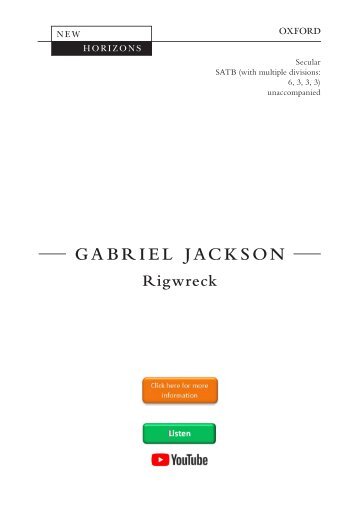
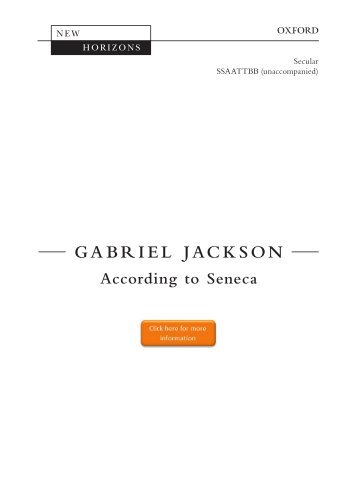
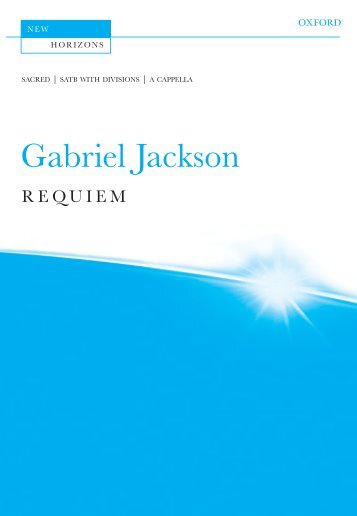
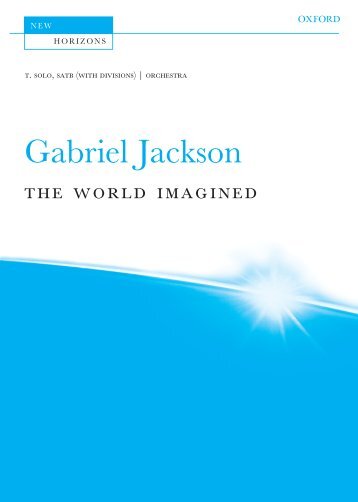
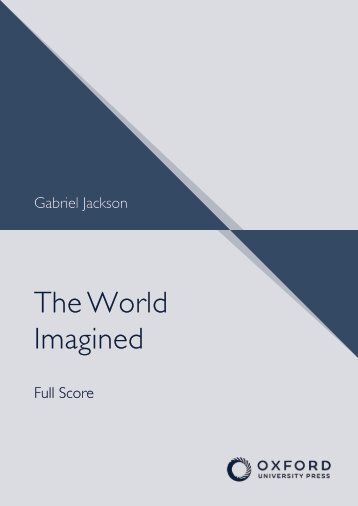
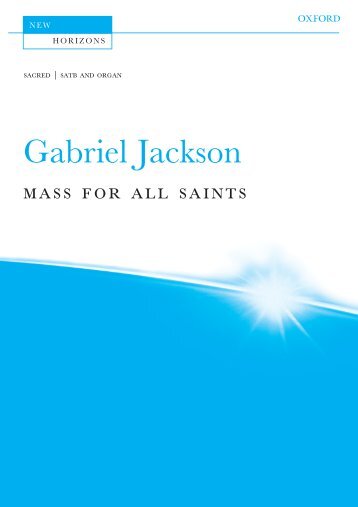


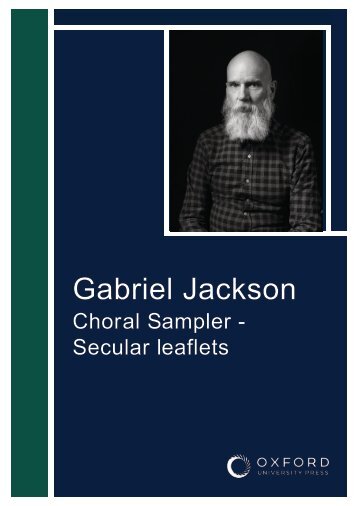

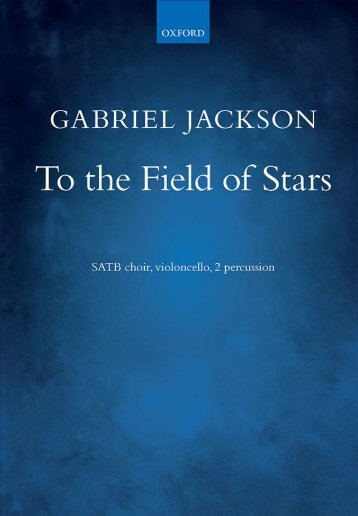
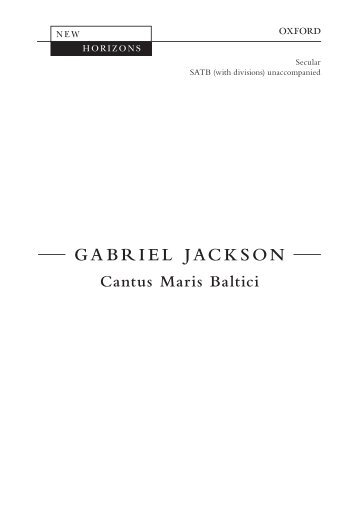
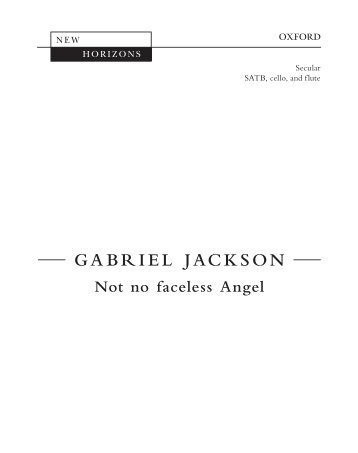
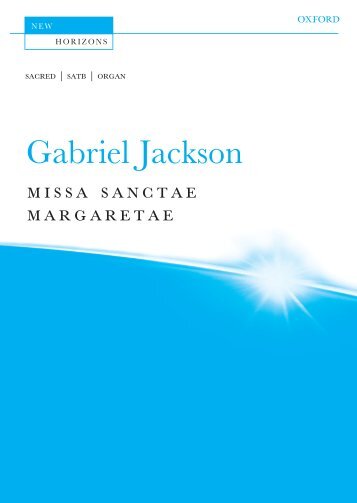
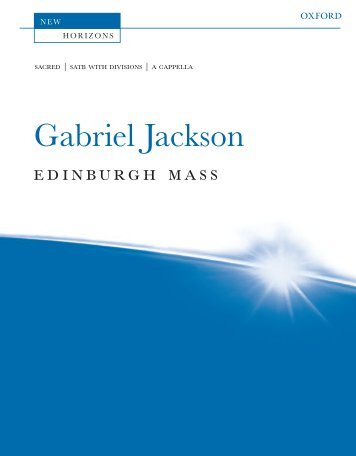



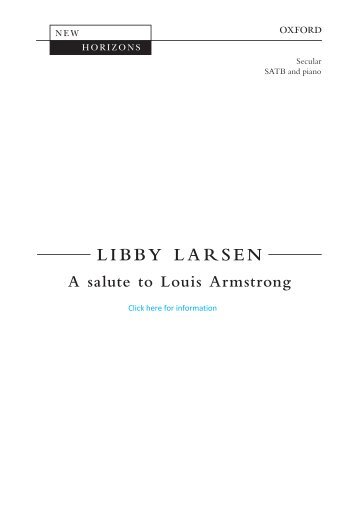


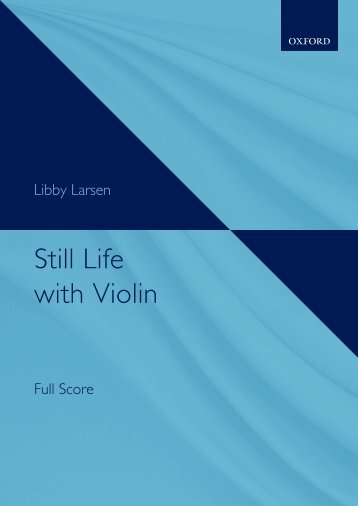
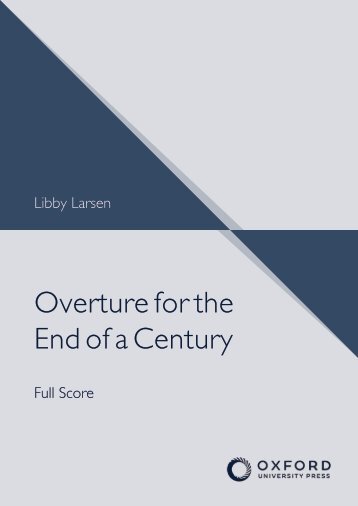




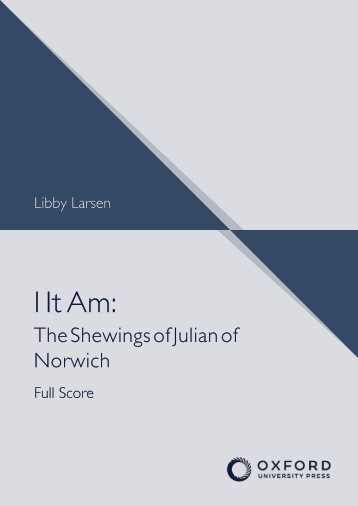

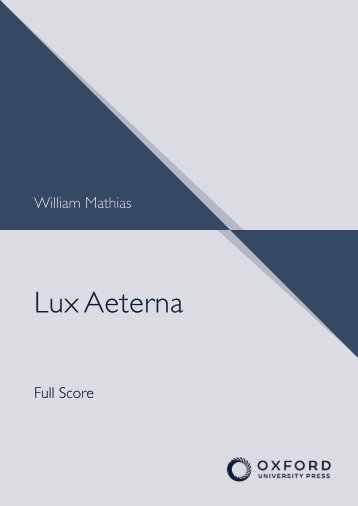









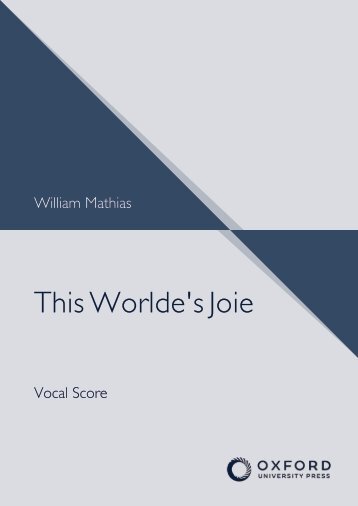

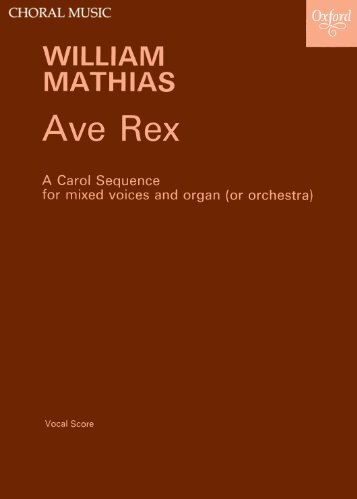



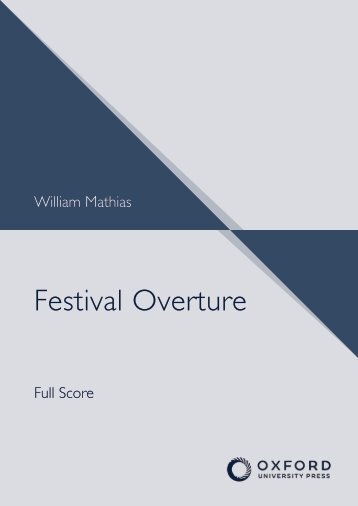

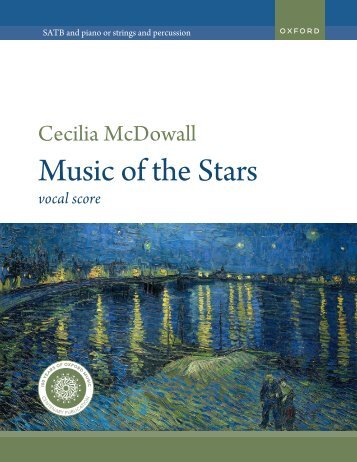

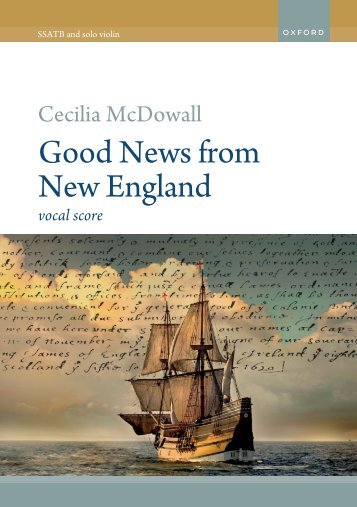
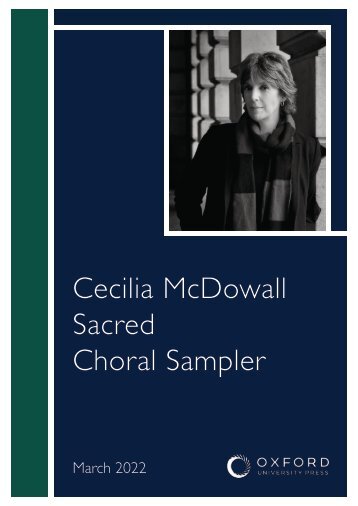


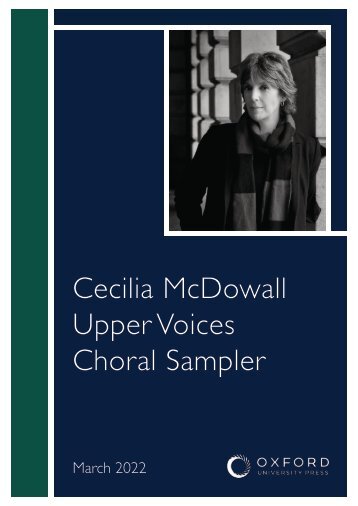
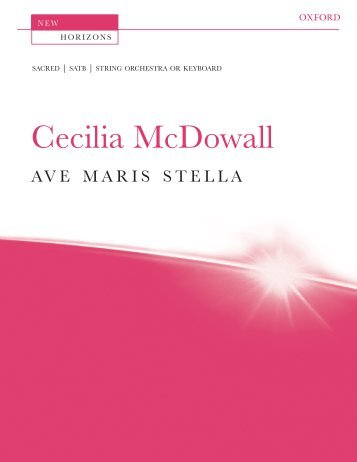
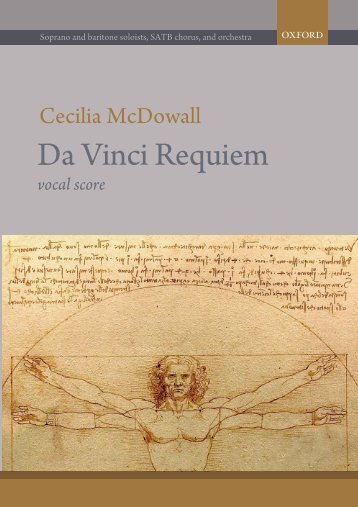
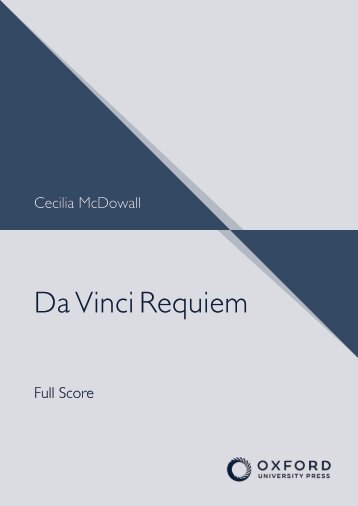
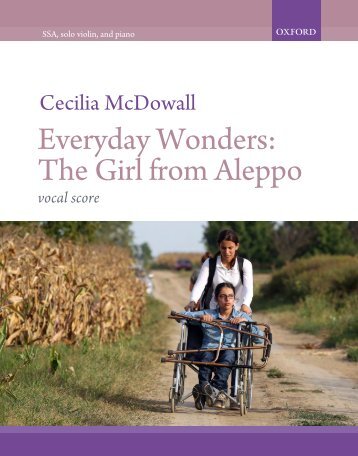
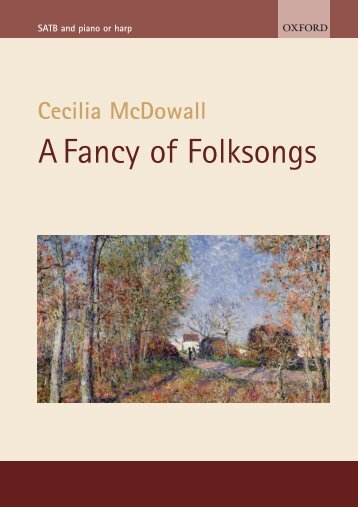


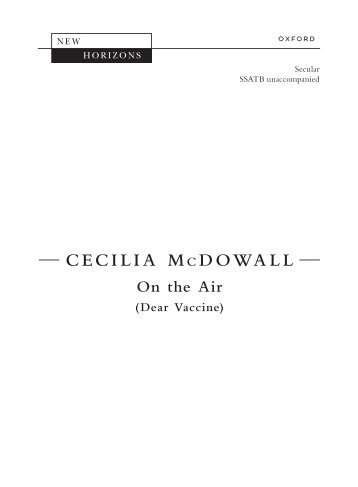
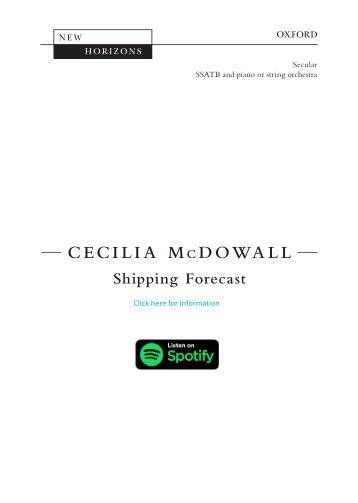
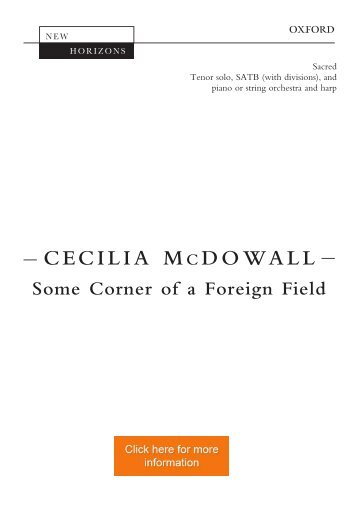

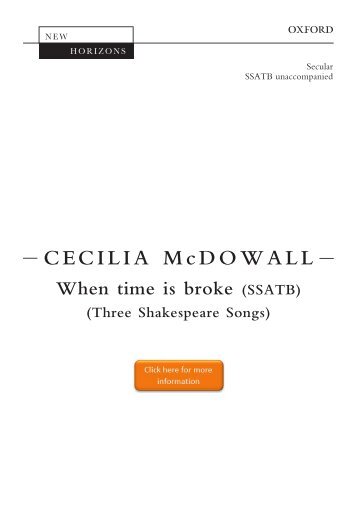
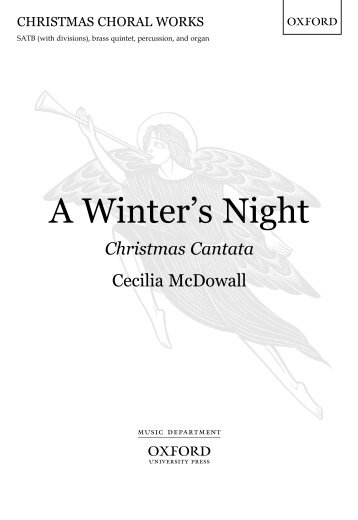
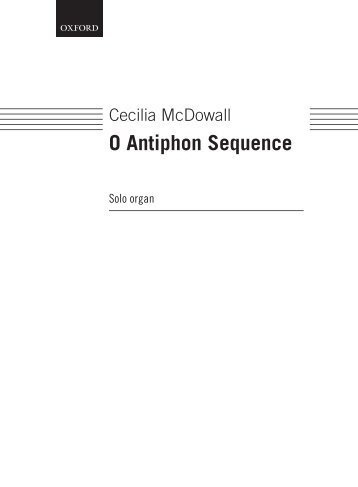

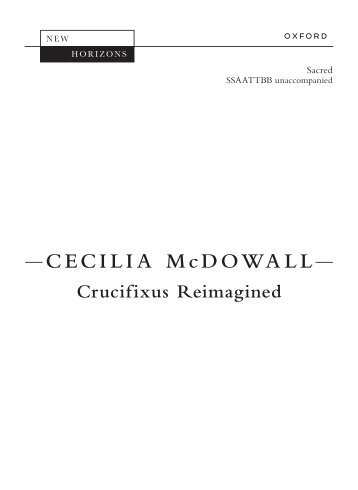
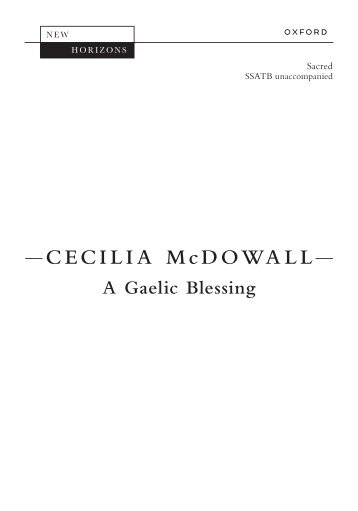
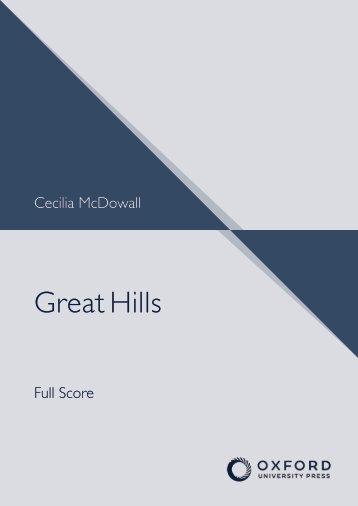

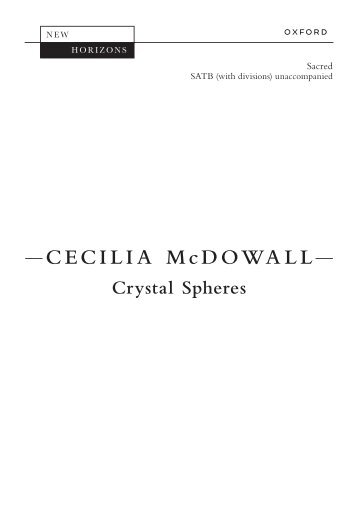
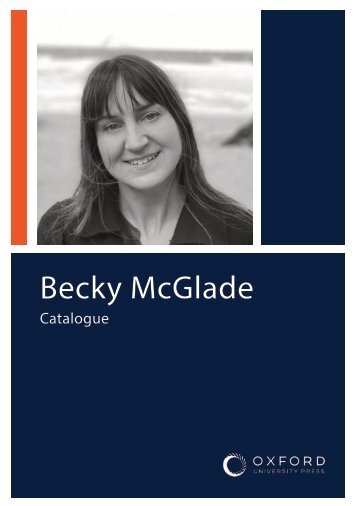
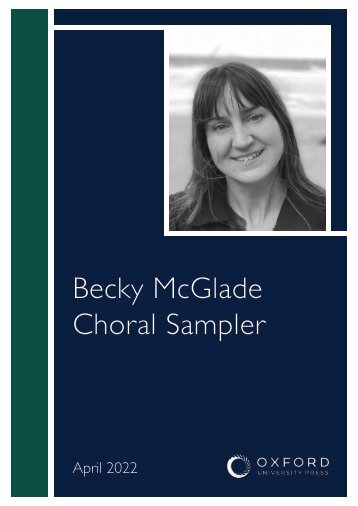
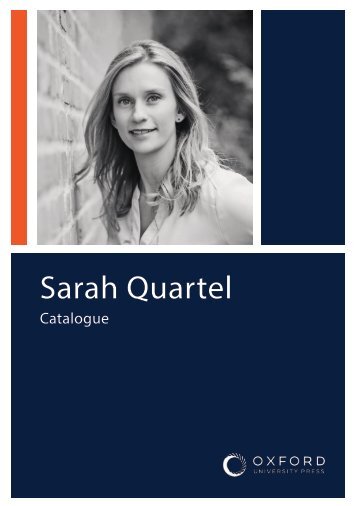

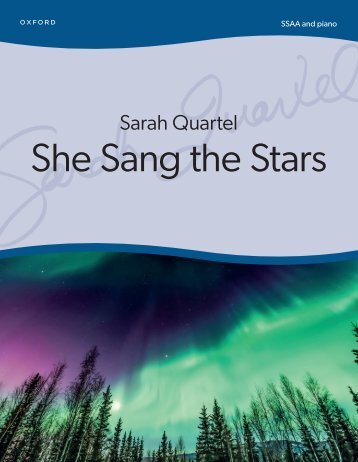
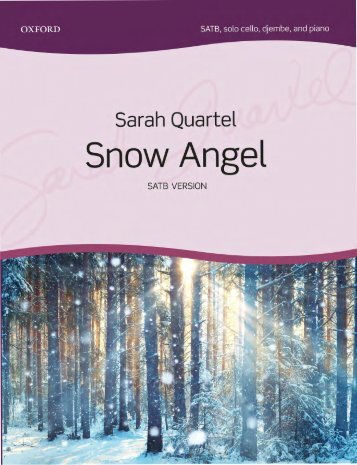
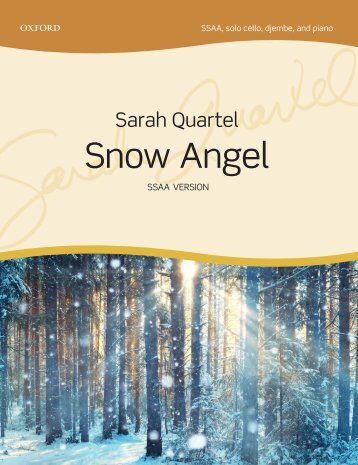
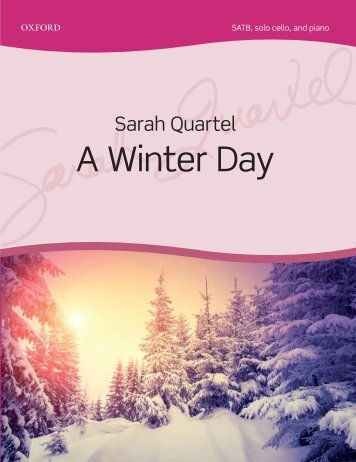
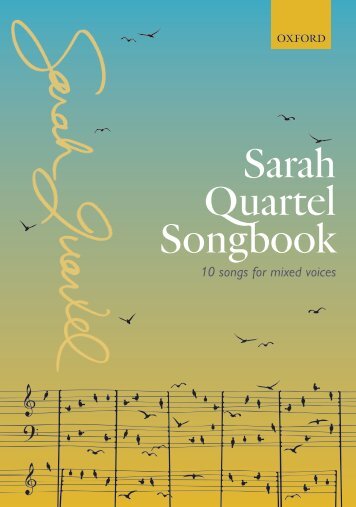
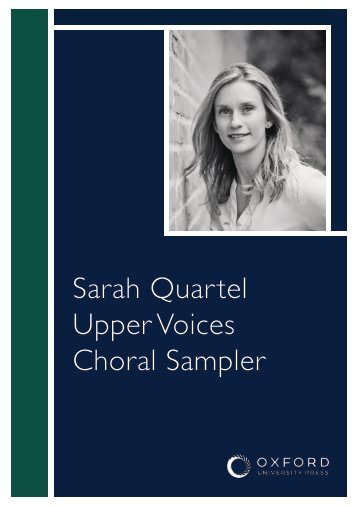
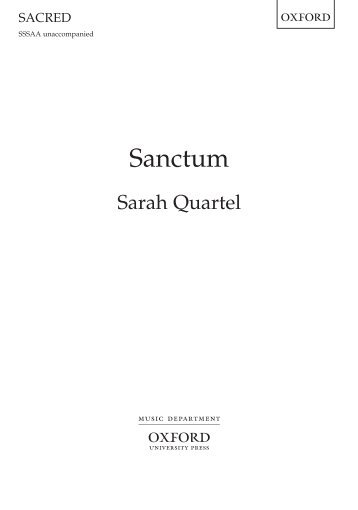


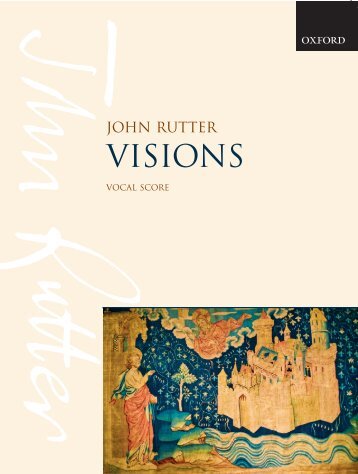
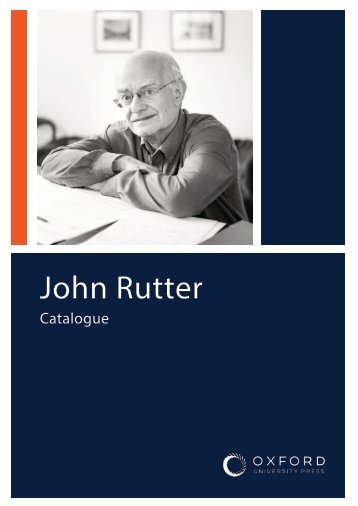
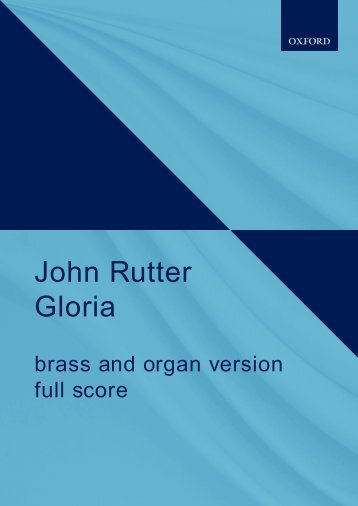
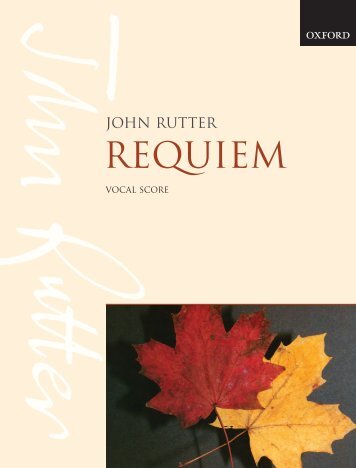

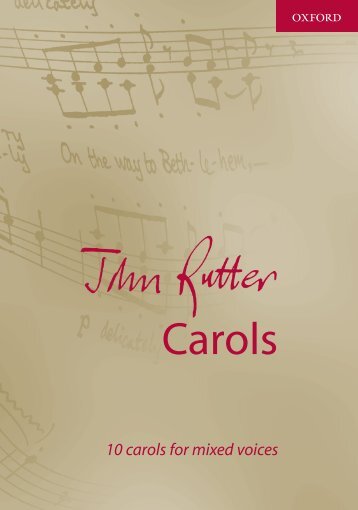
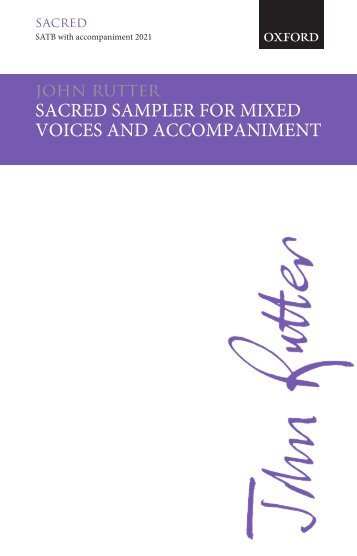
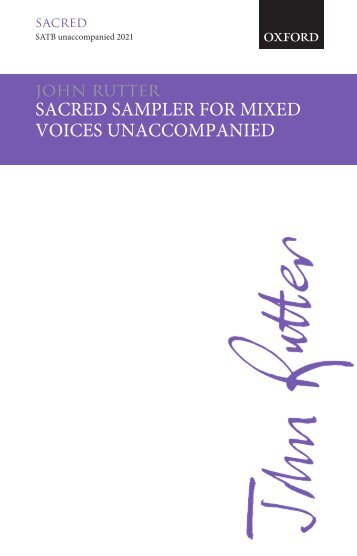
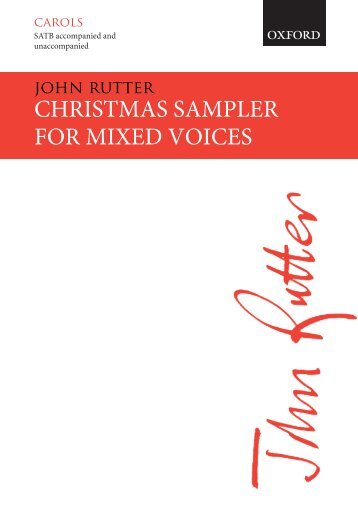
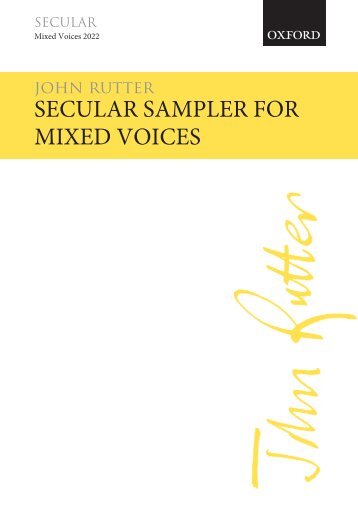
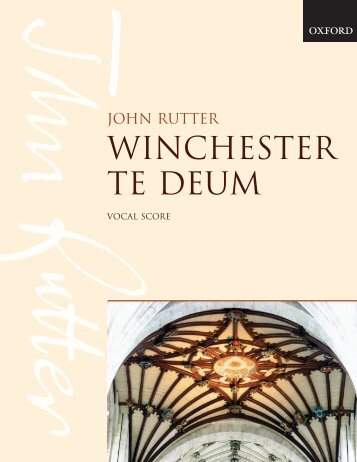
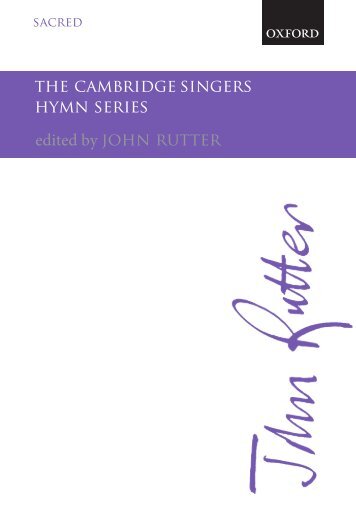
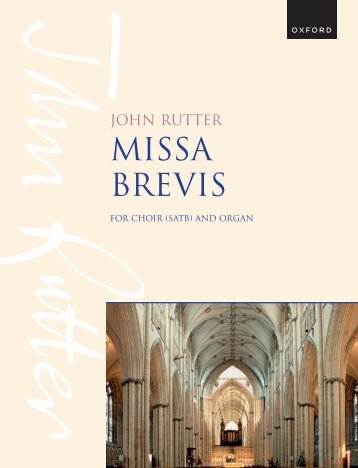
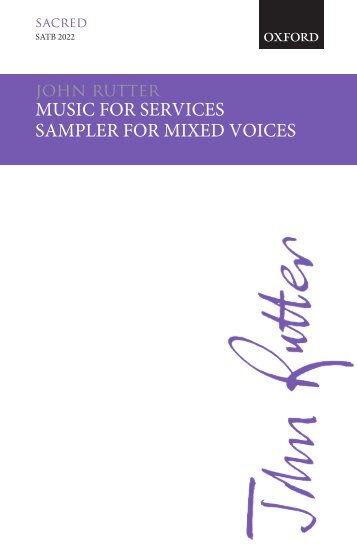
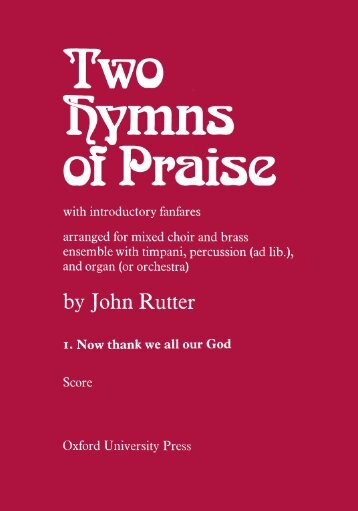

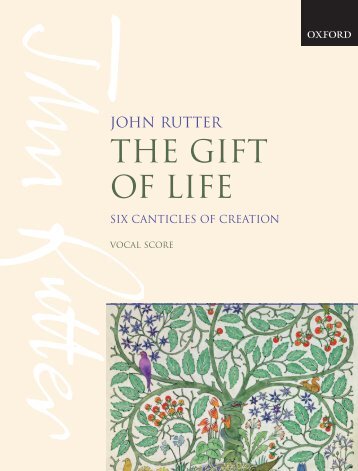
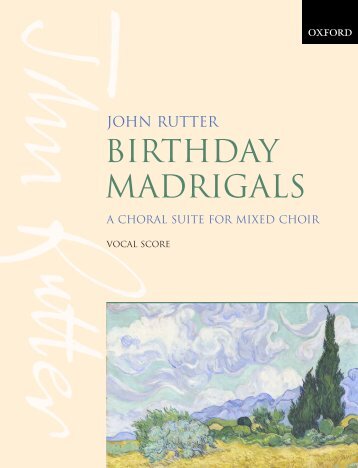
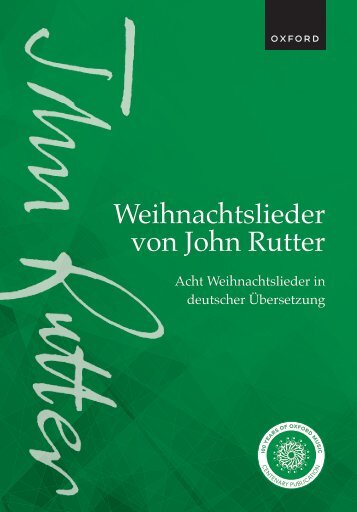
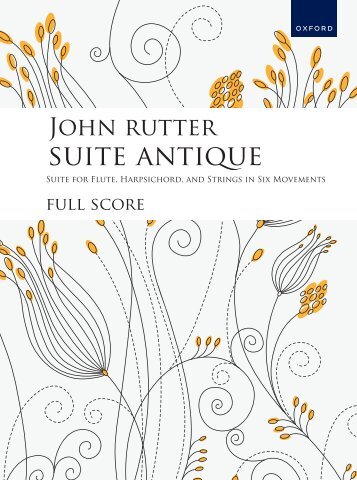
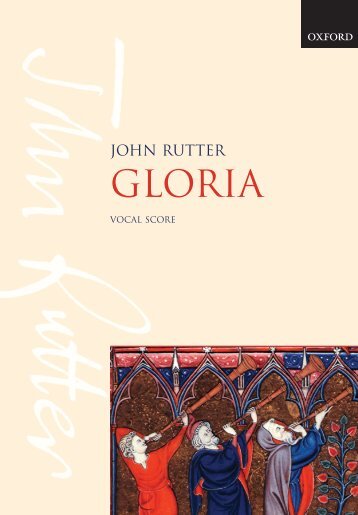
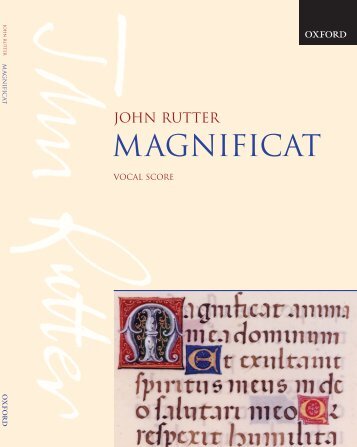
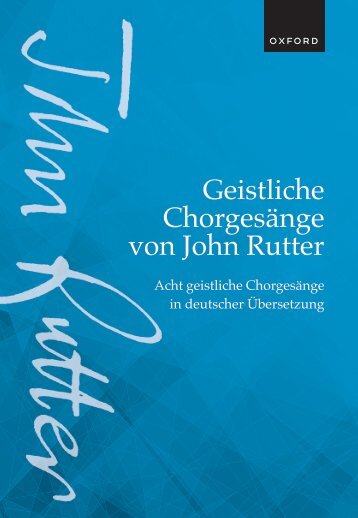
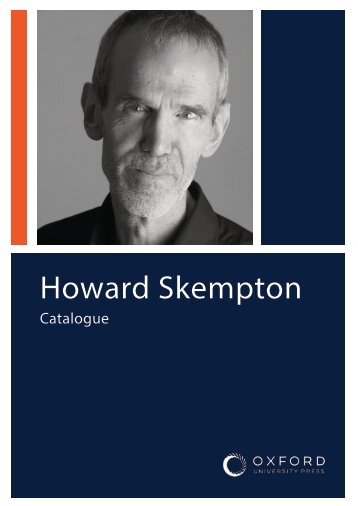


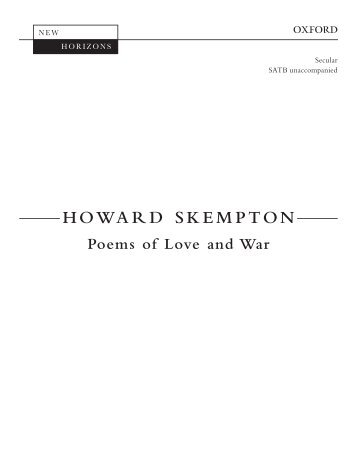


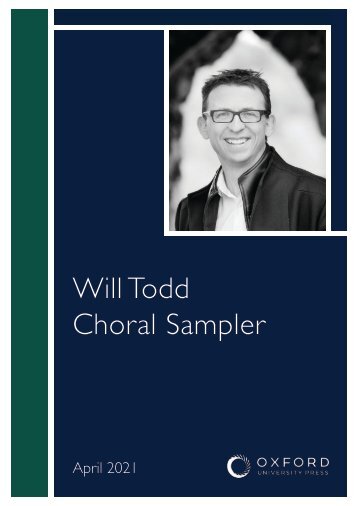
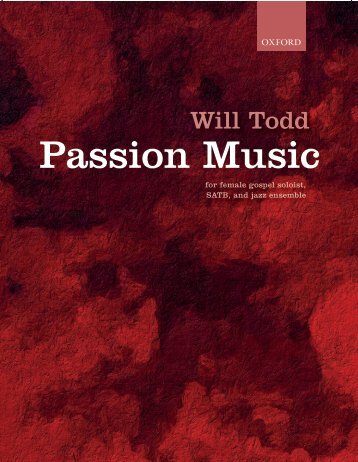
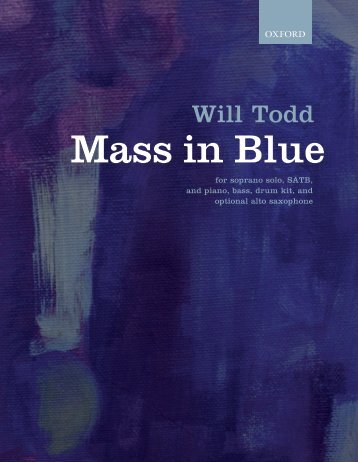
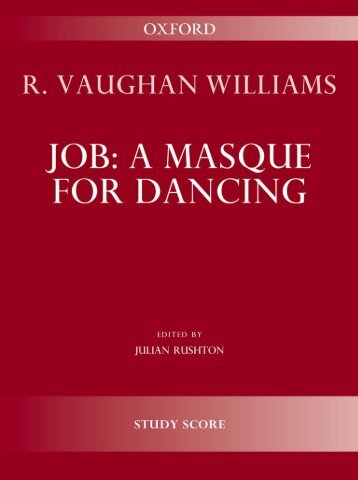

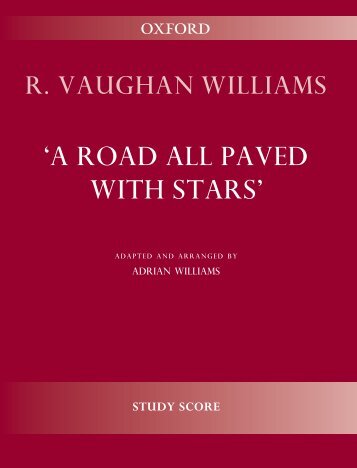
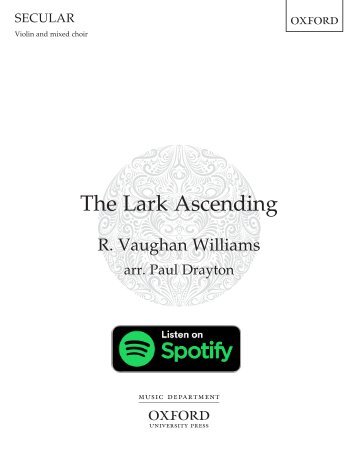

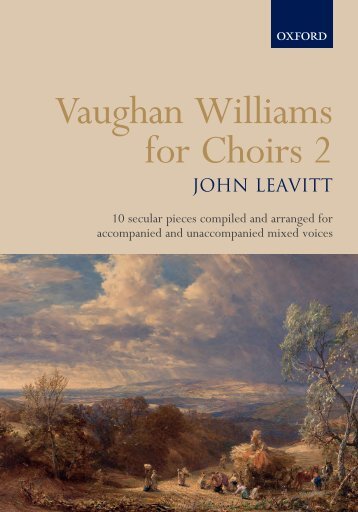

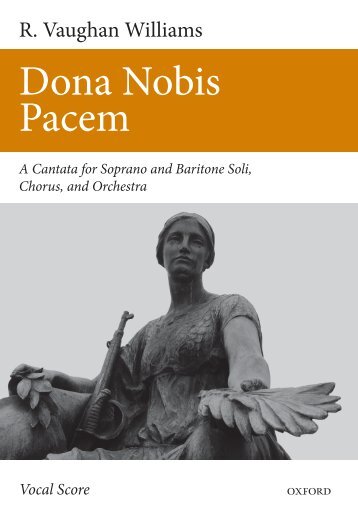
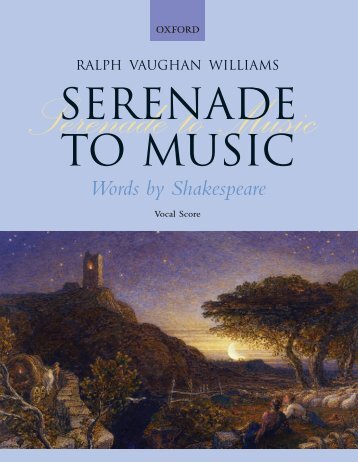
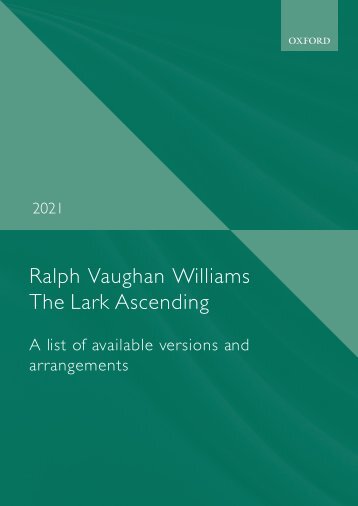

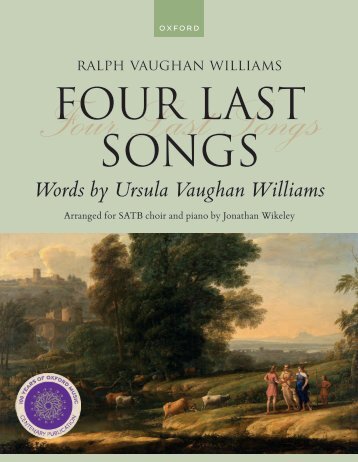

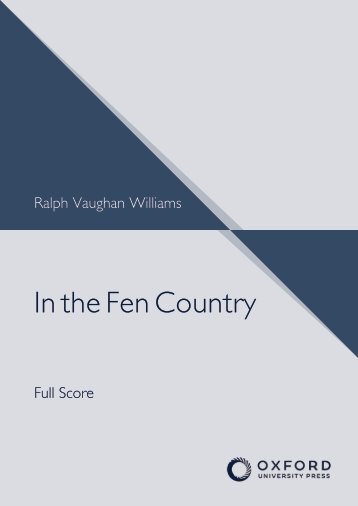
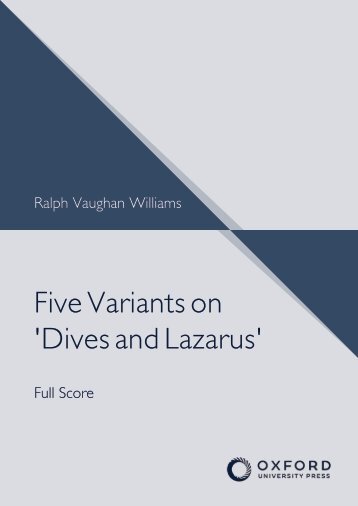
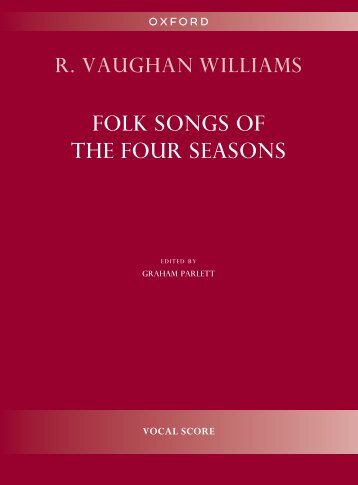




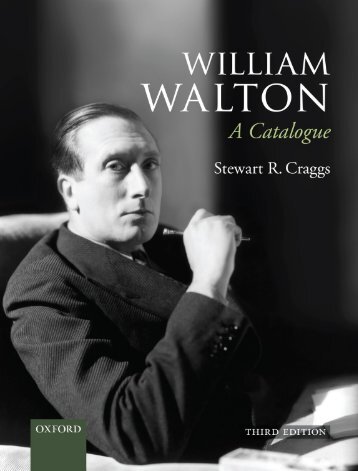



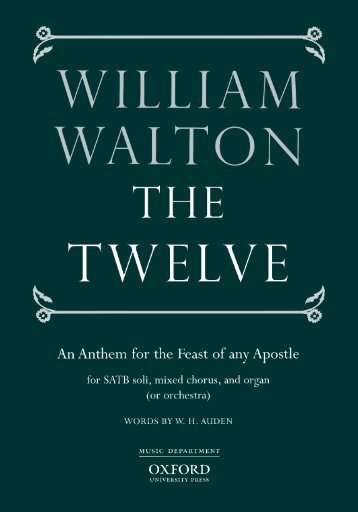


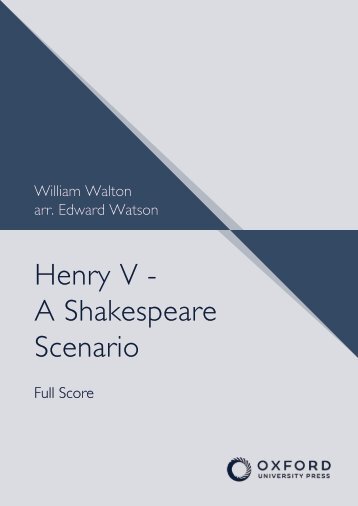






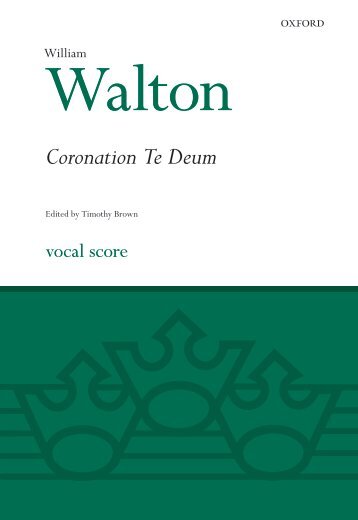
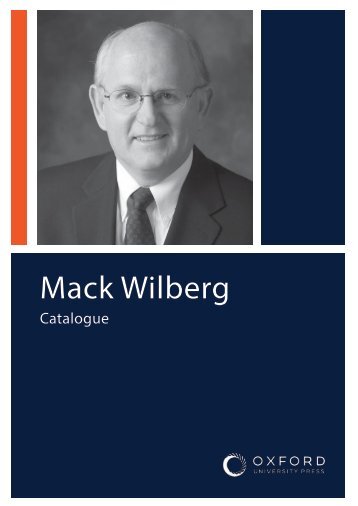
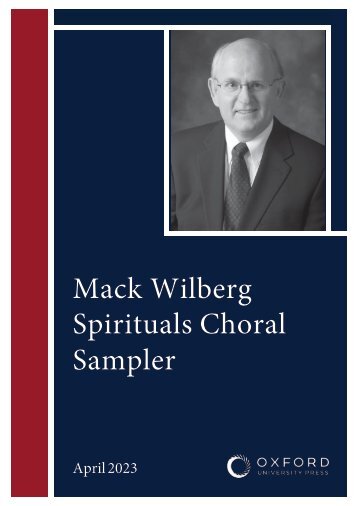
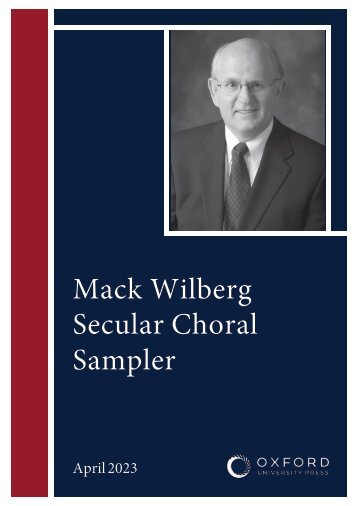




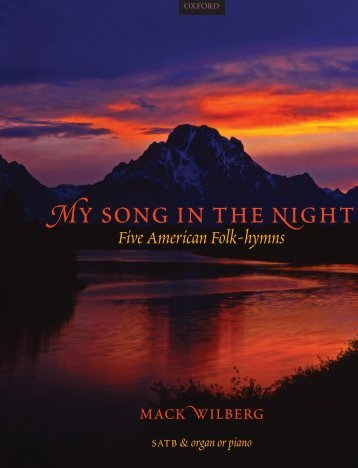
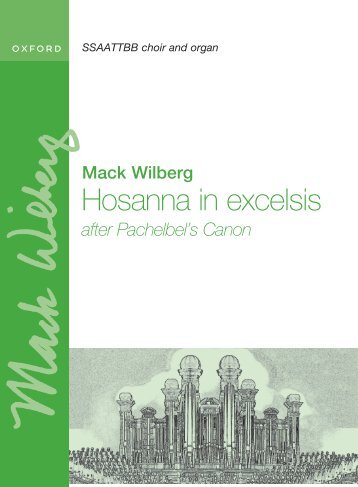


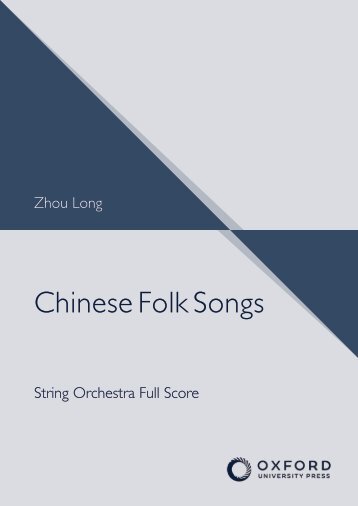

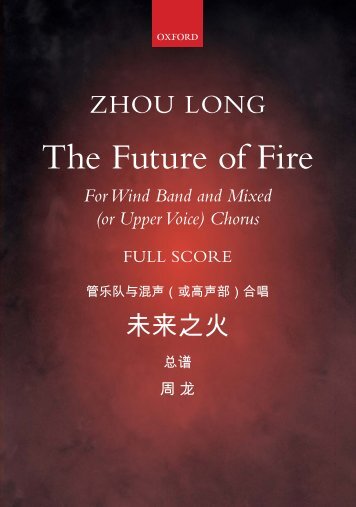





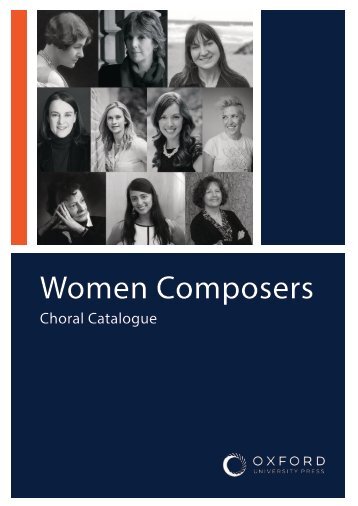

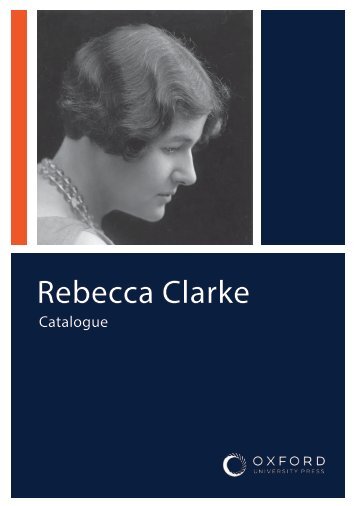

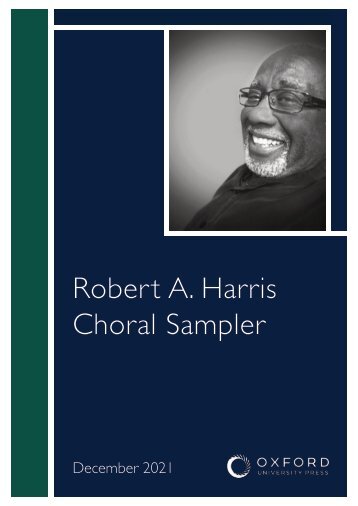

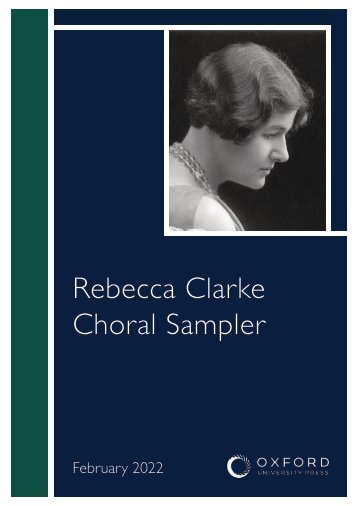
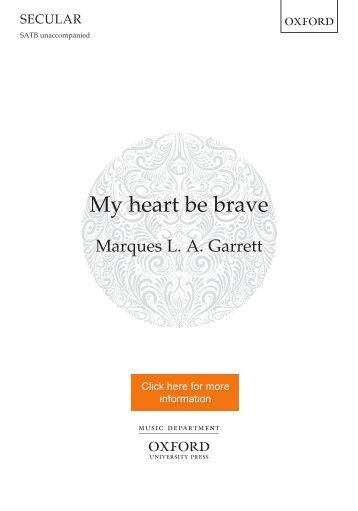
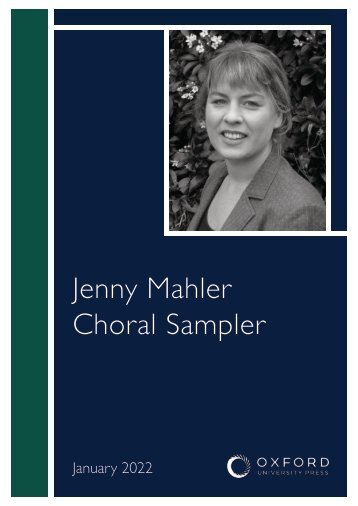
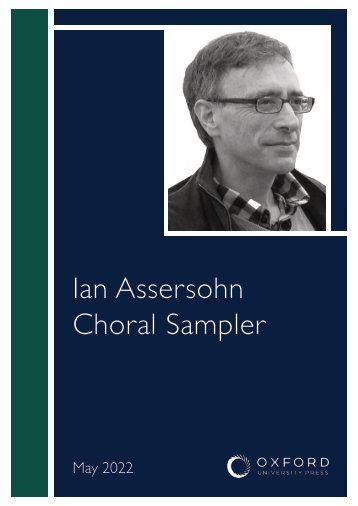
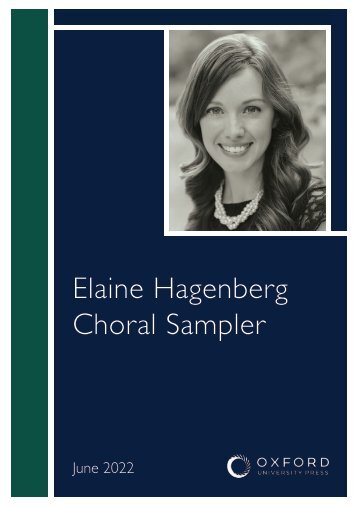
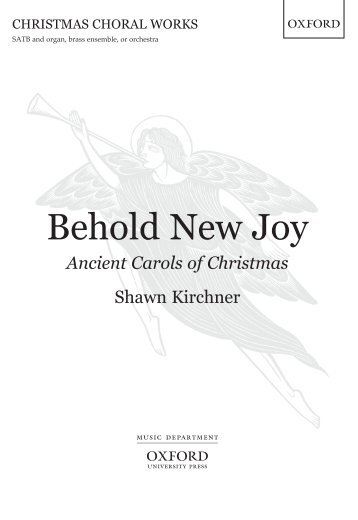
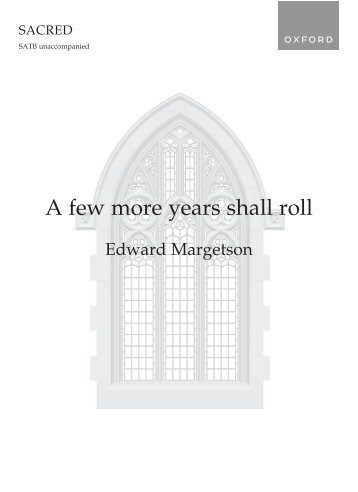
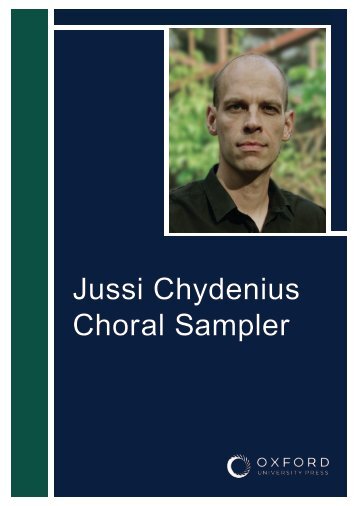


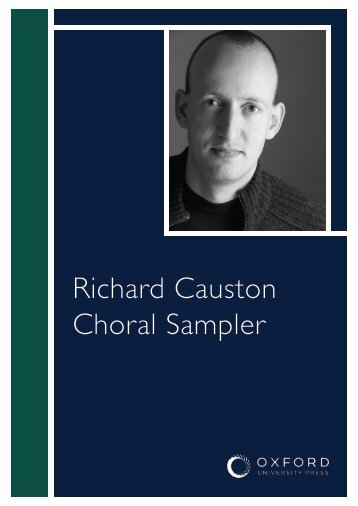
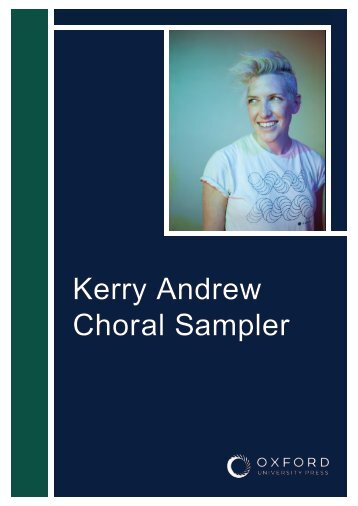

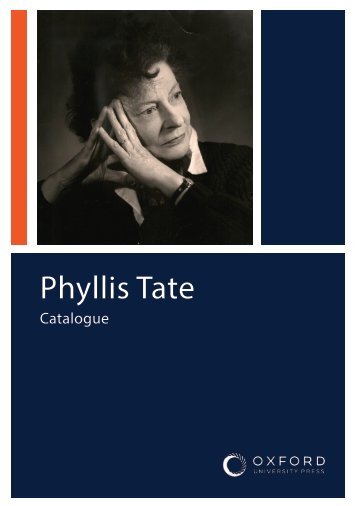
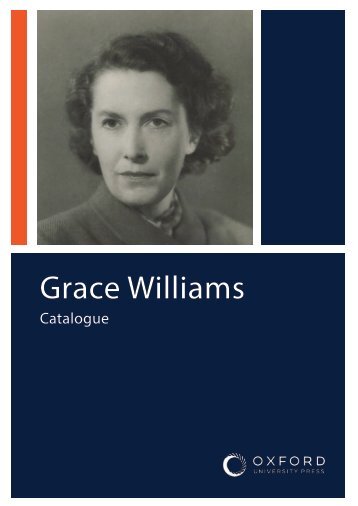

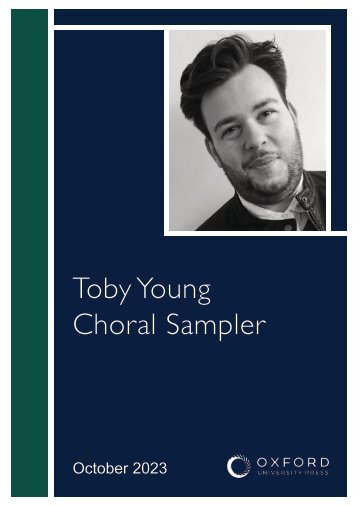
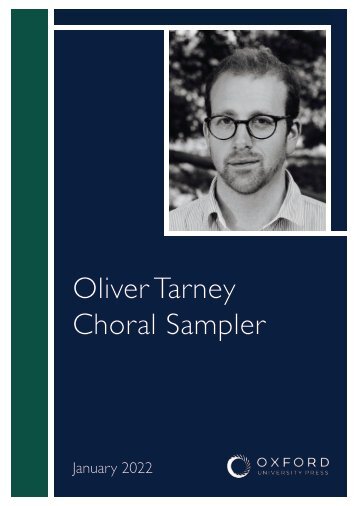

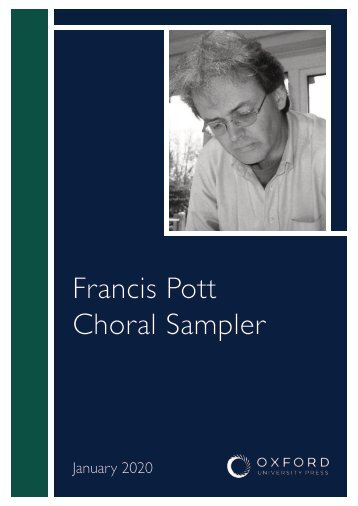
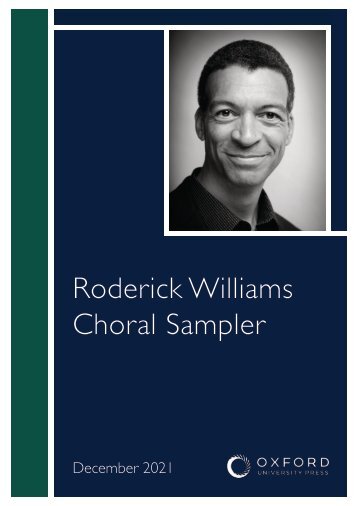
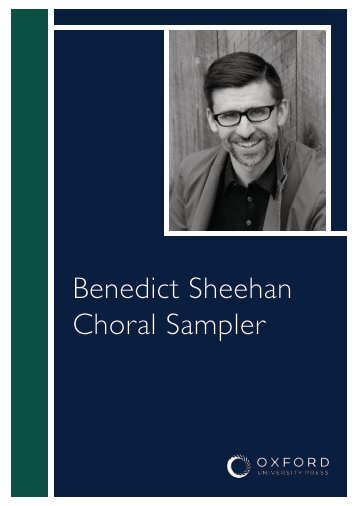
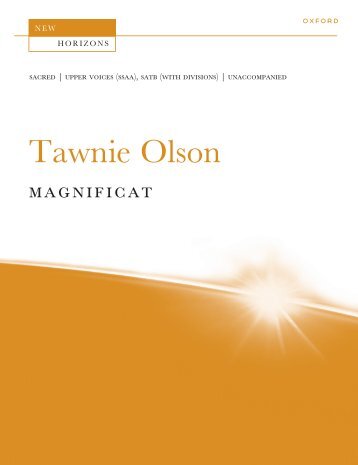
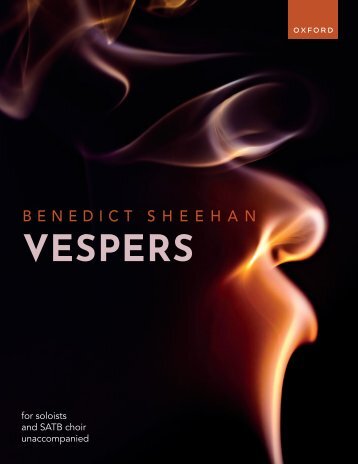

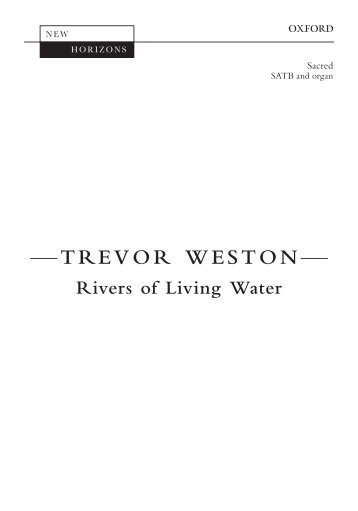
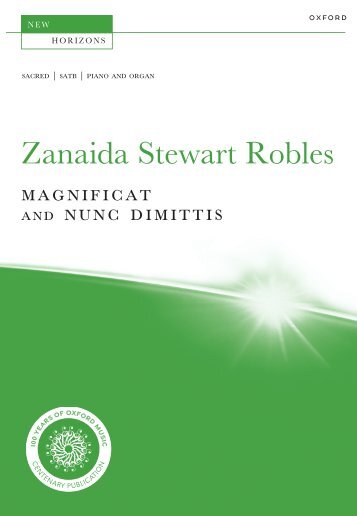


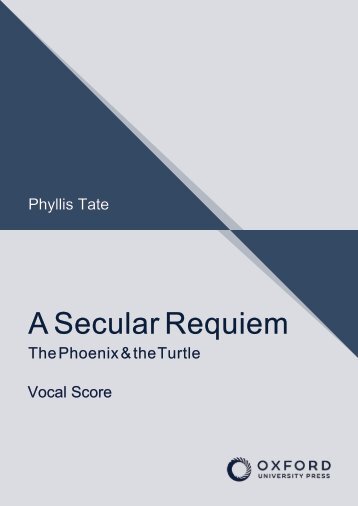



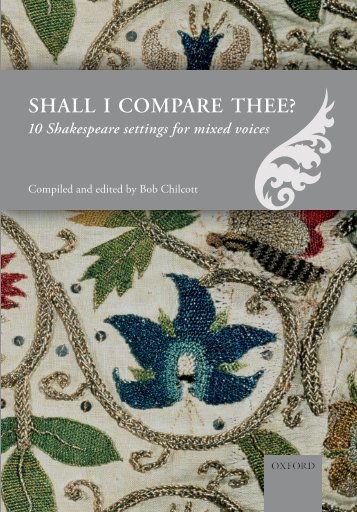
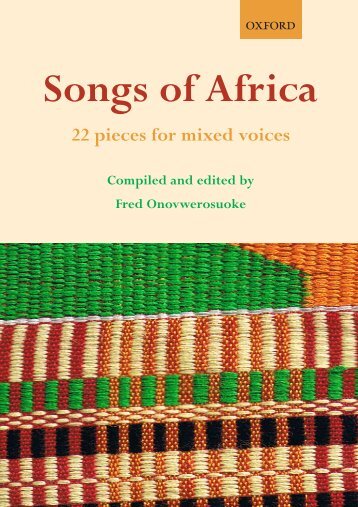

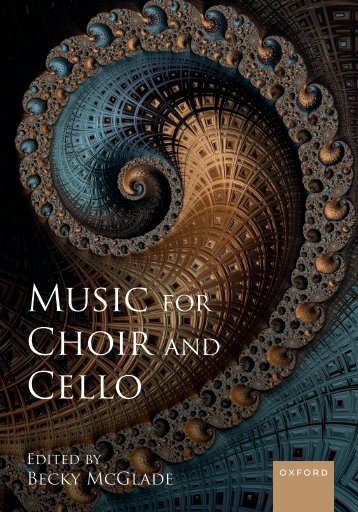


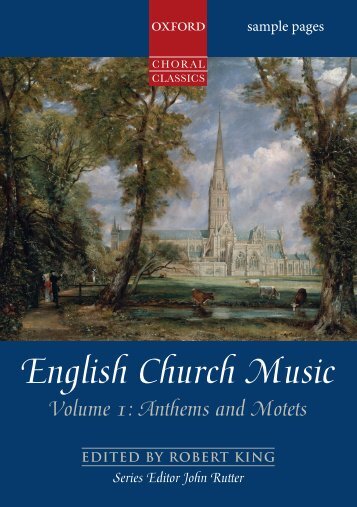
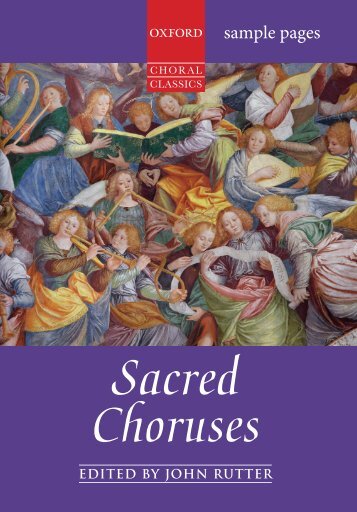

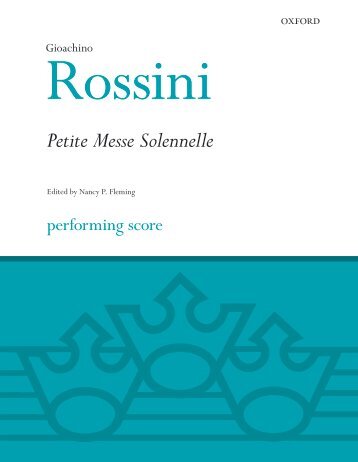
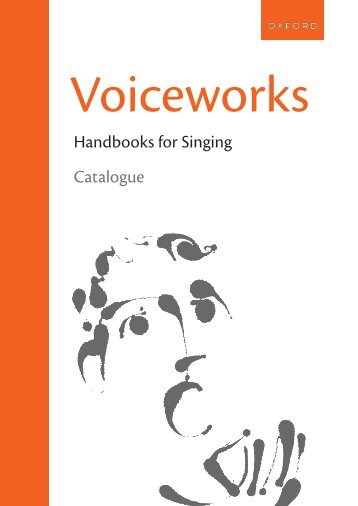



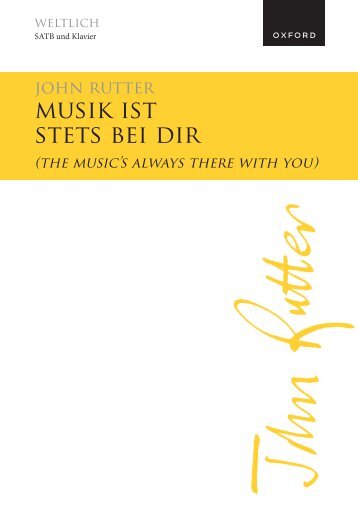
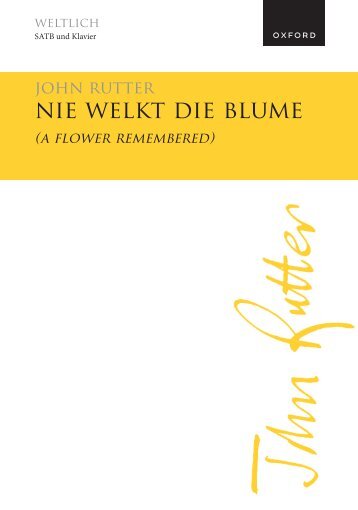

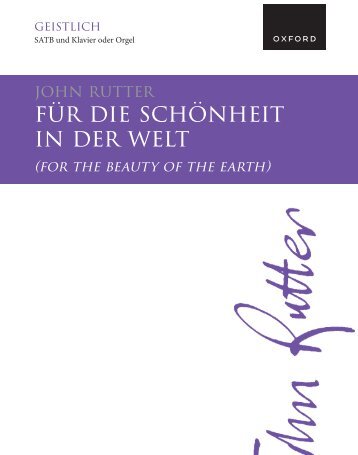
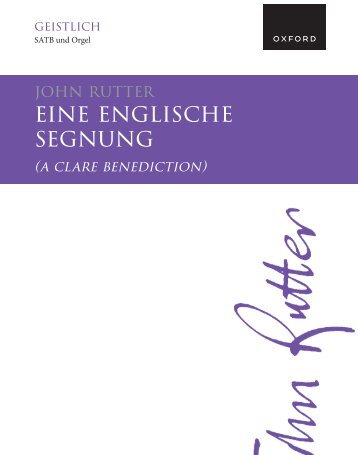

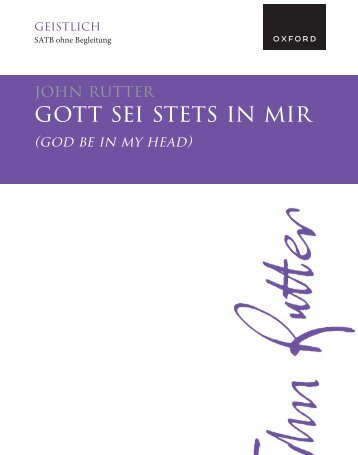


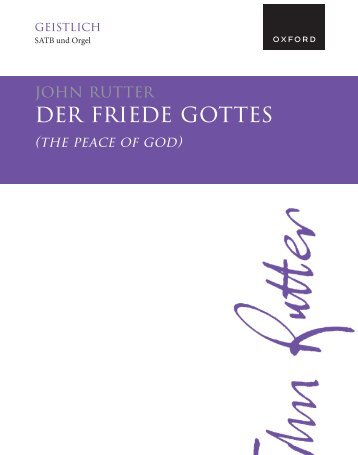

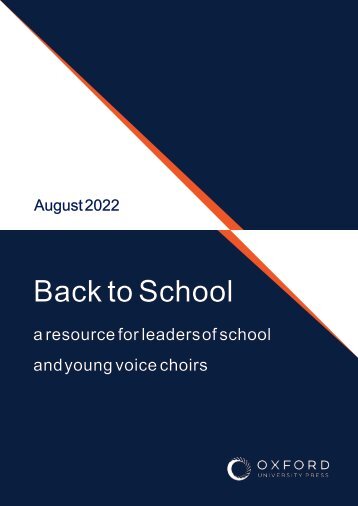
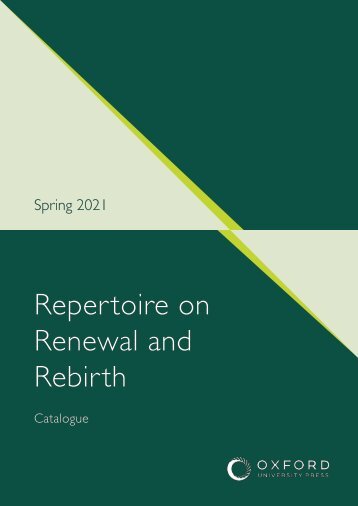
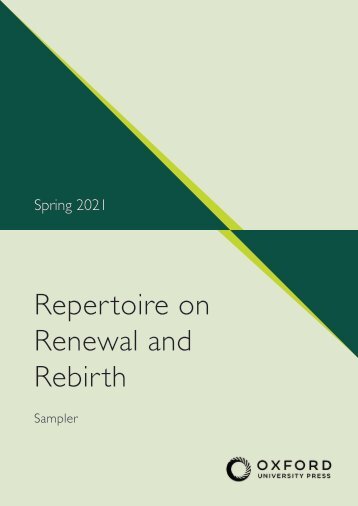
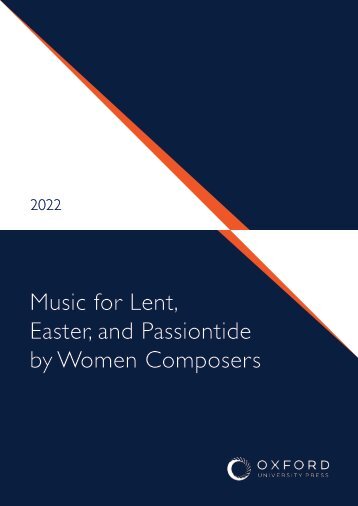
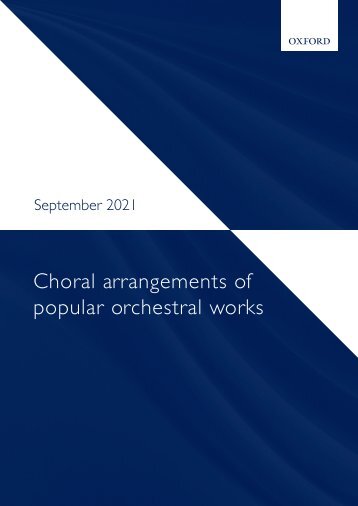
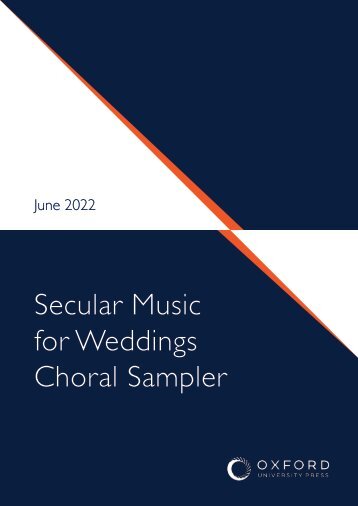

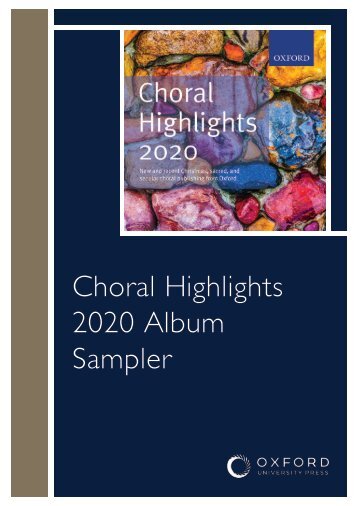
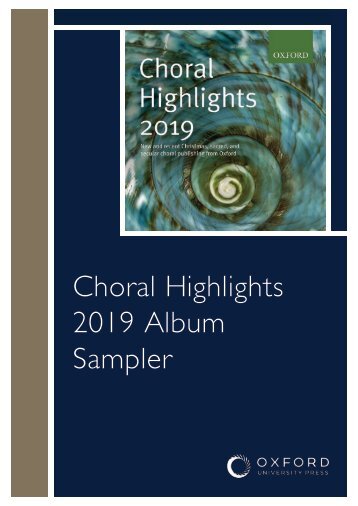
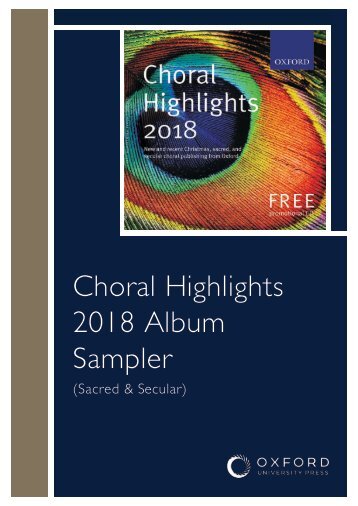


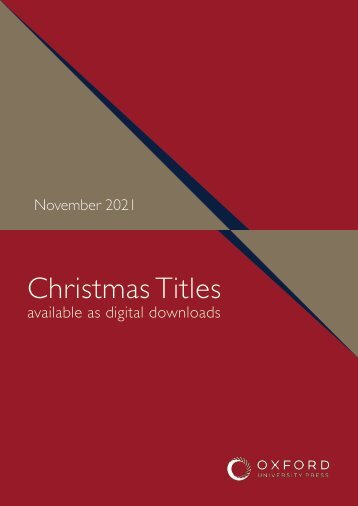
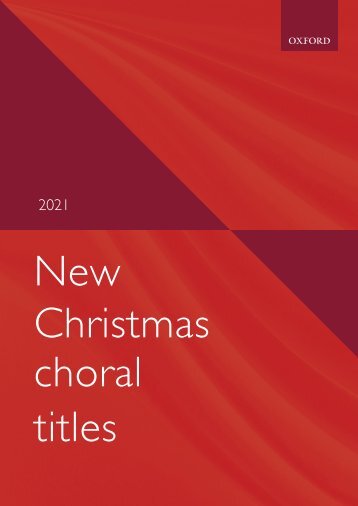
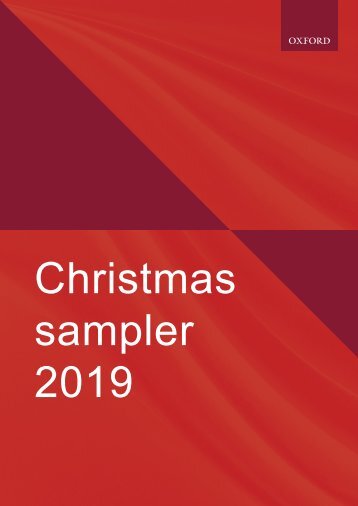
Facebook
Twitter
Email